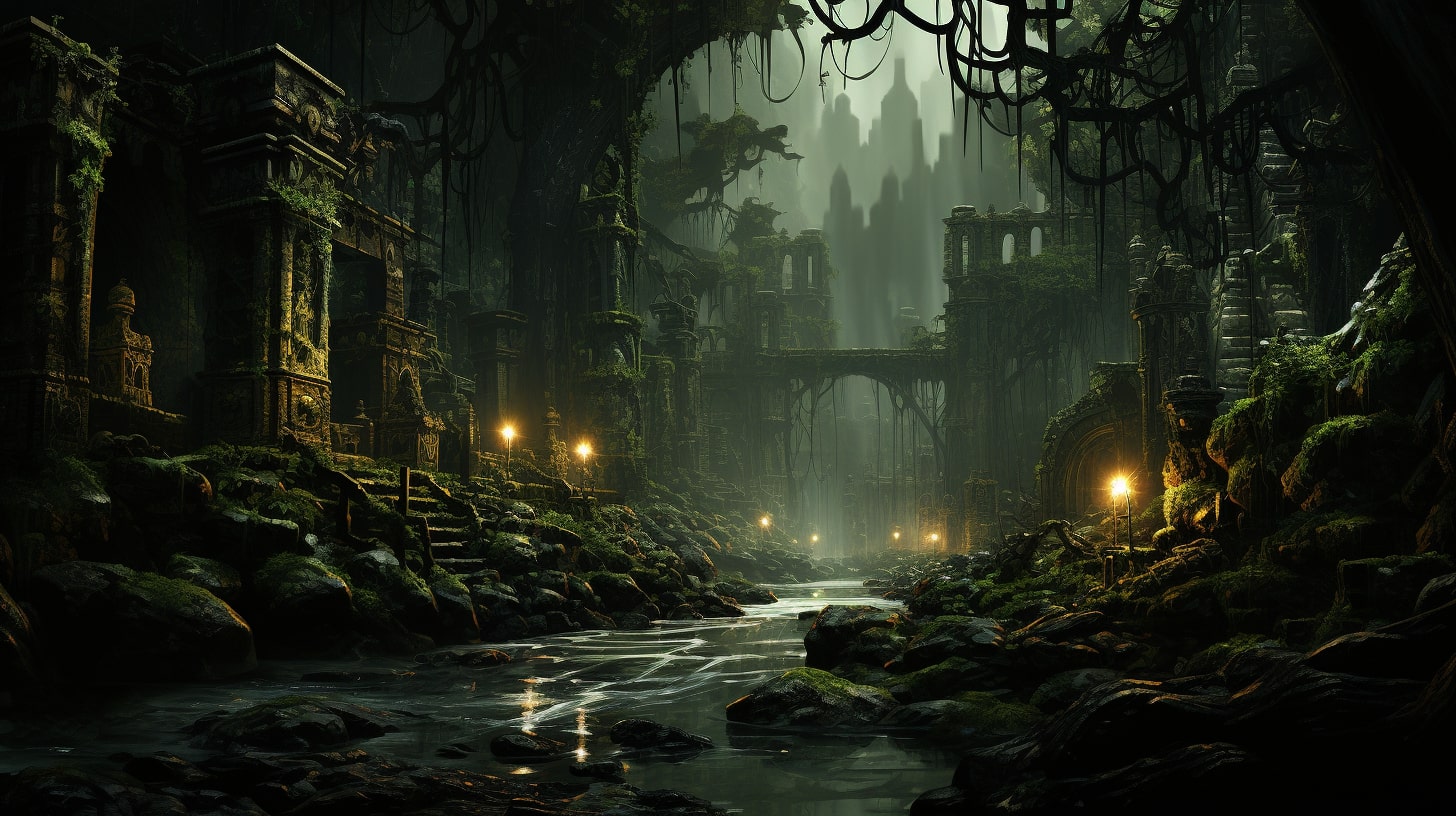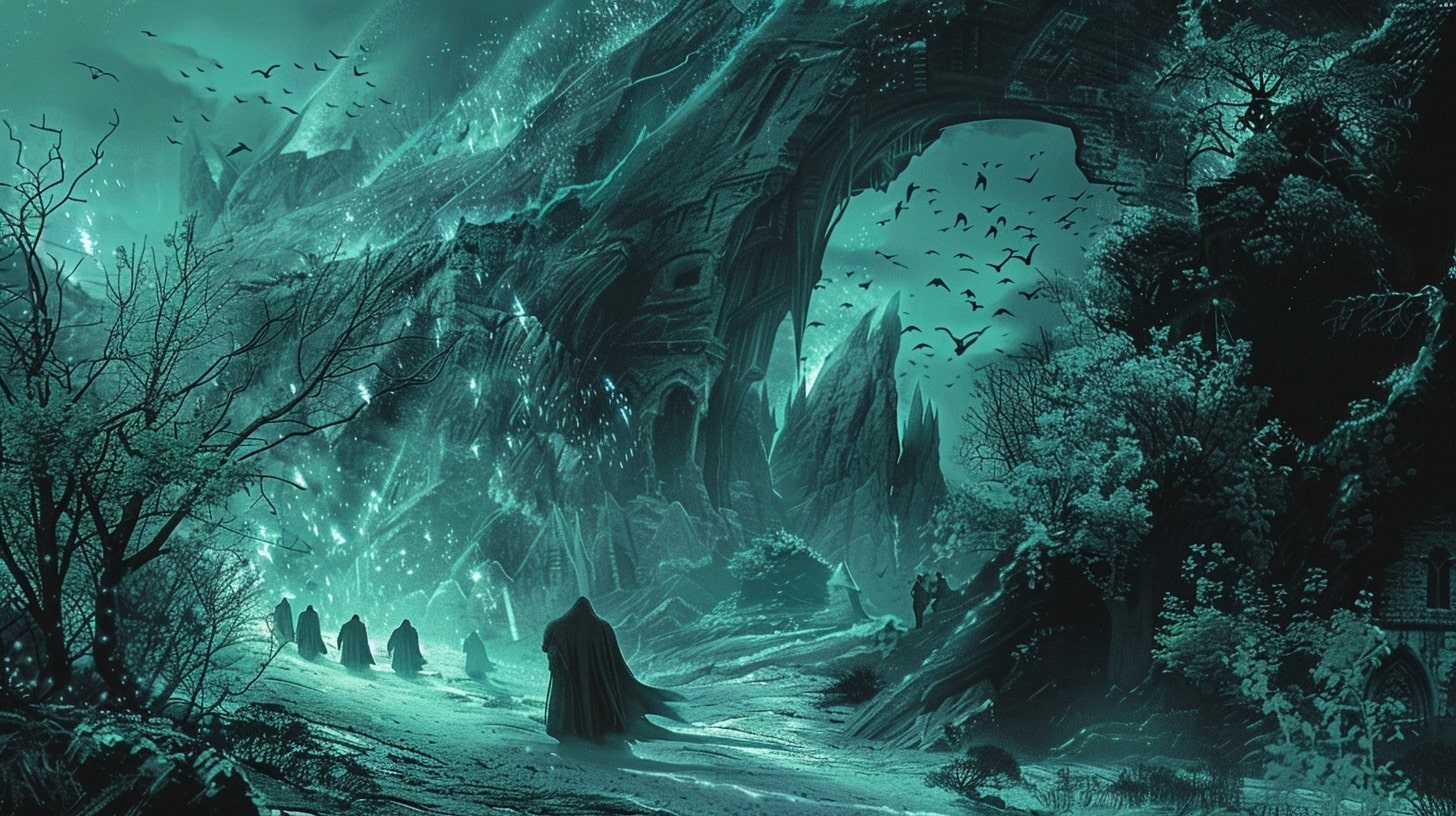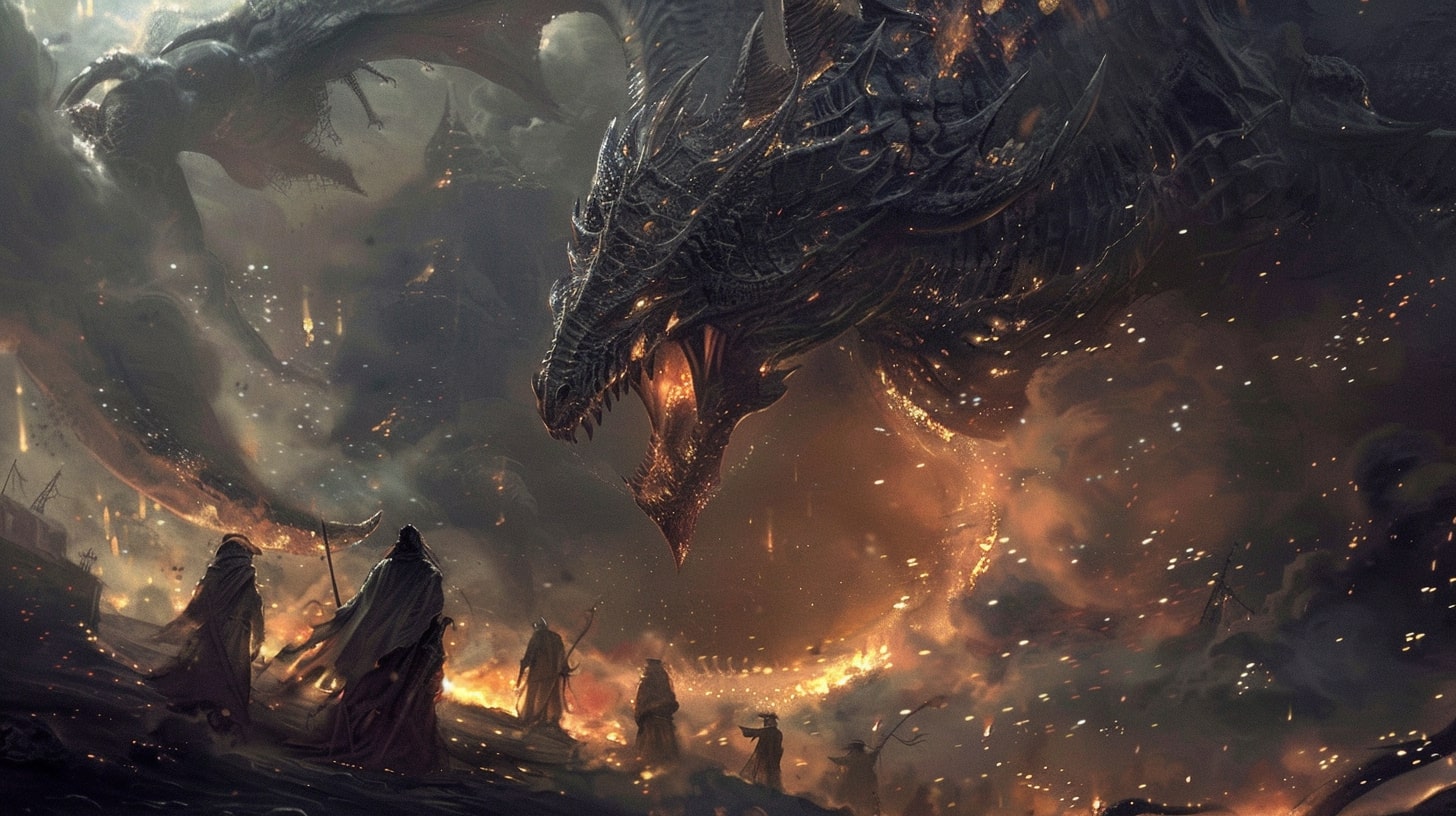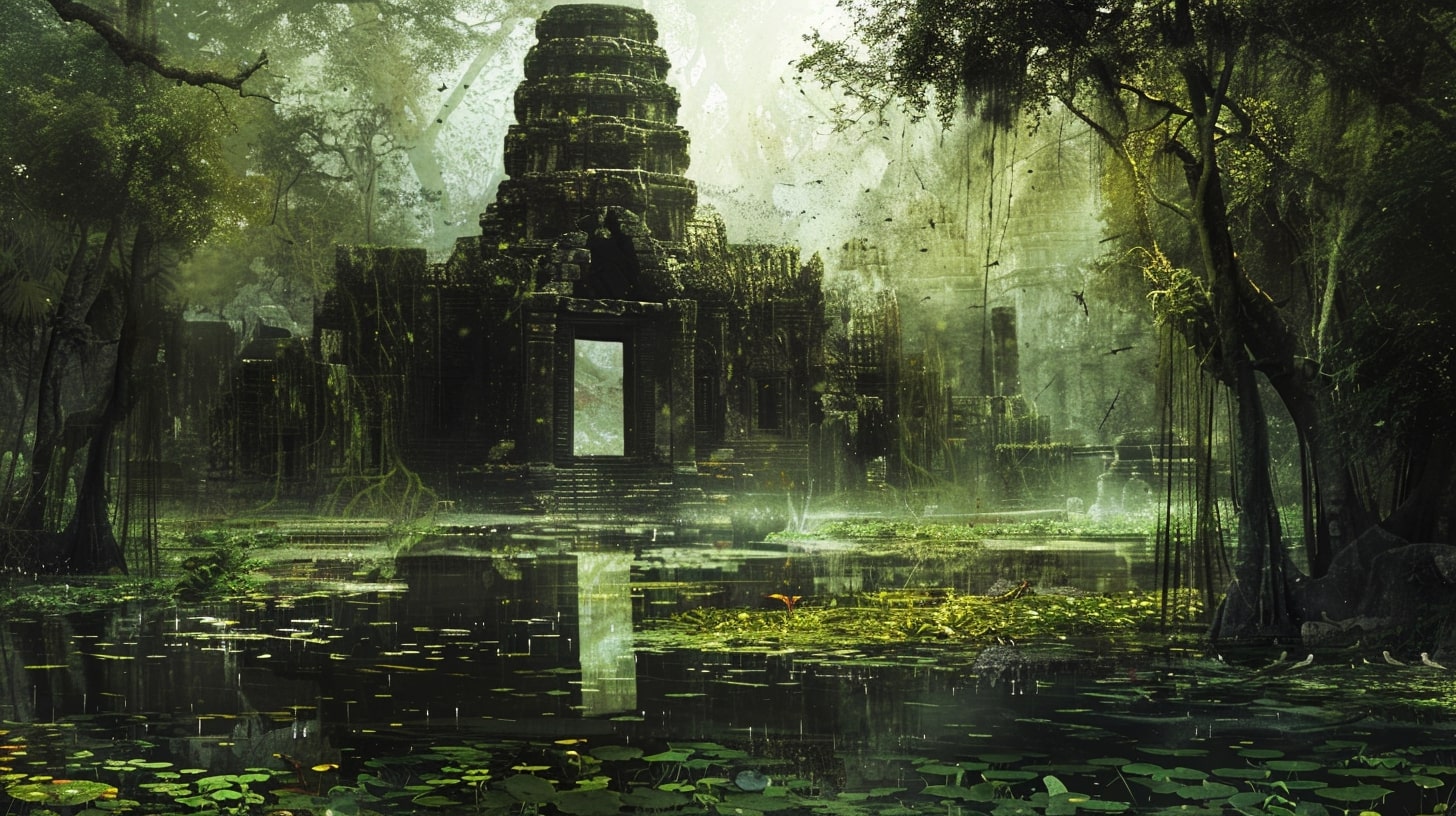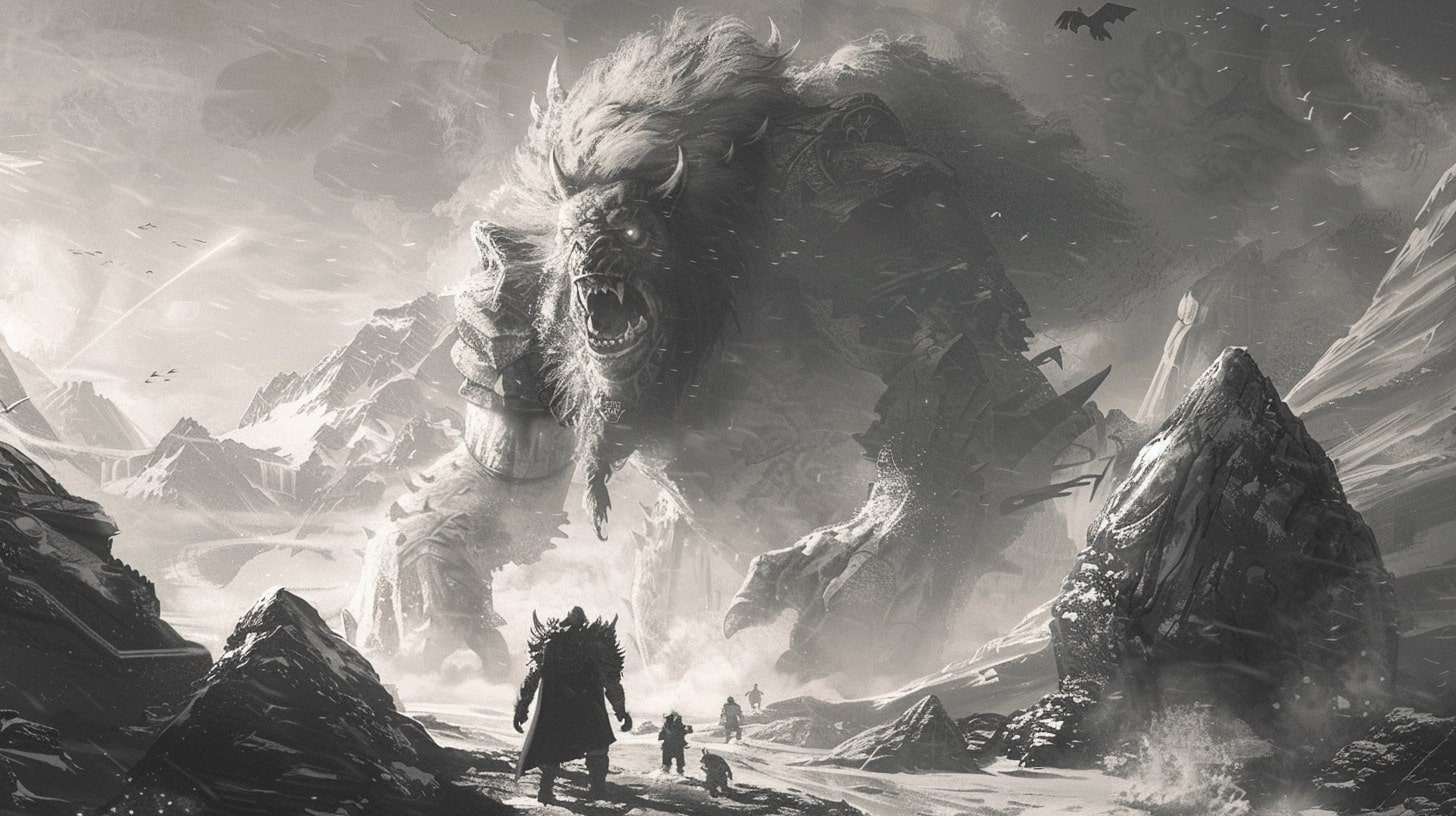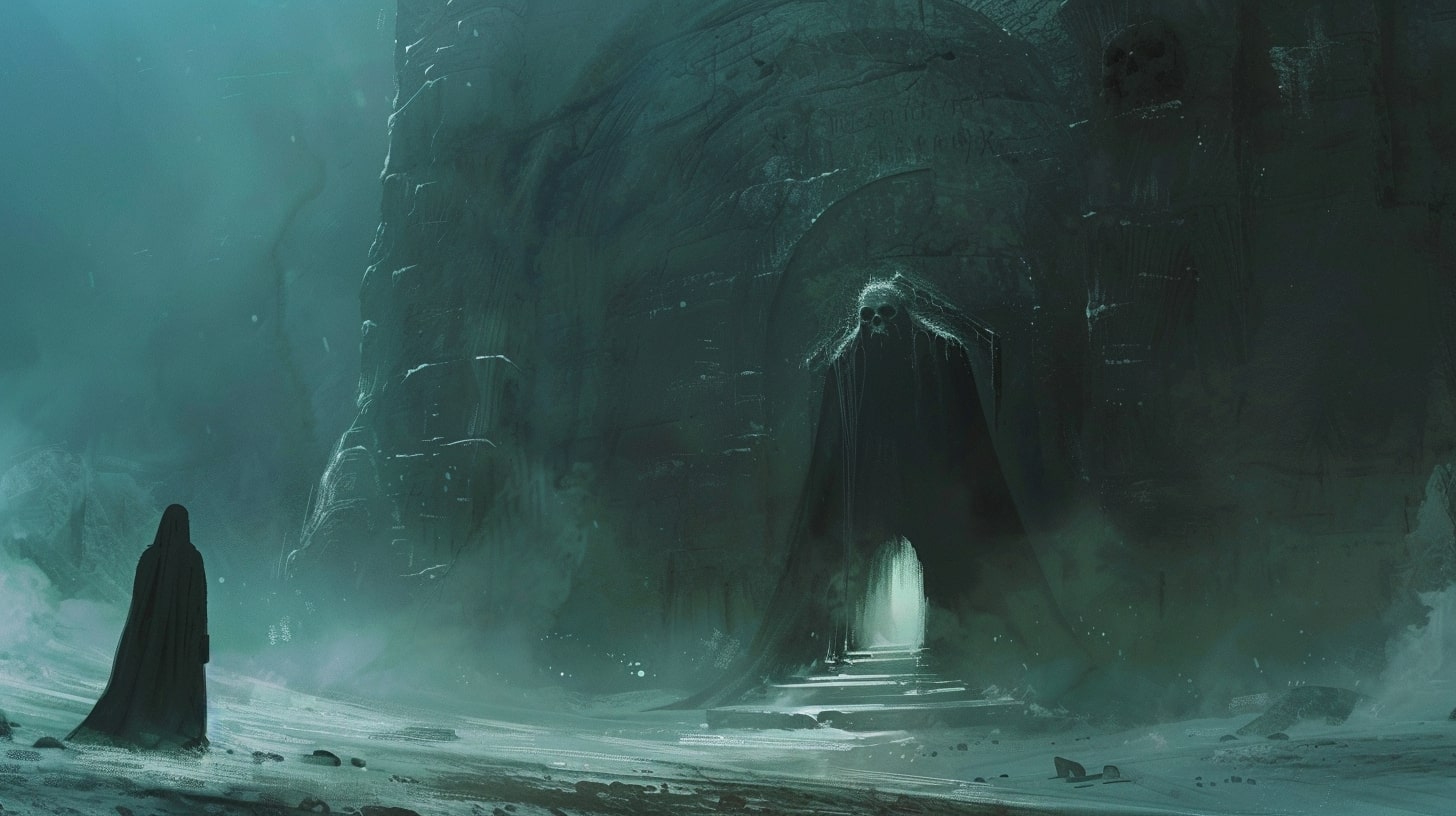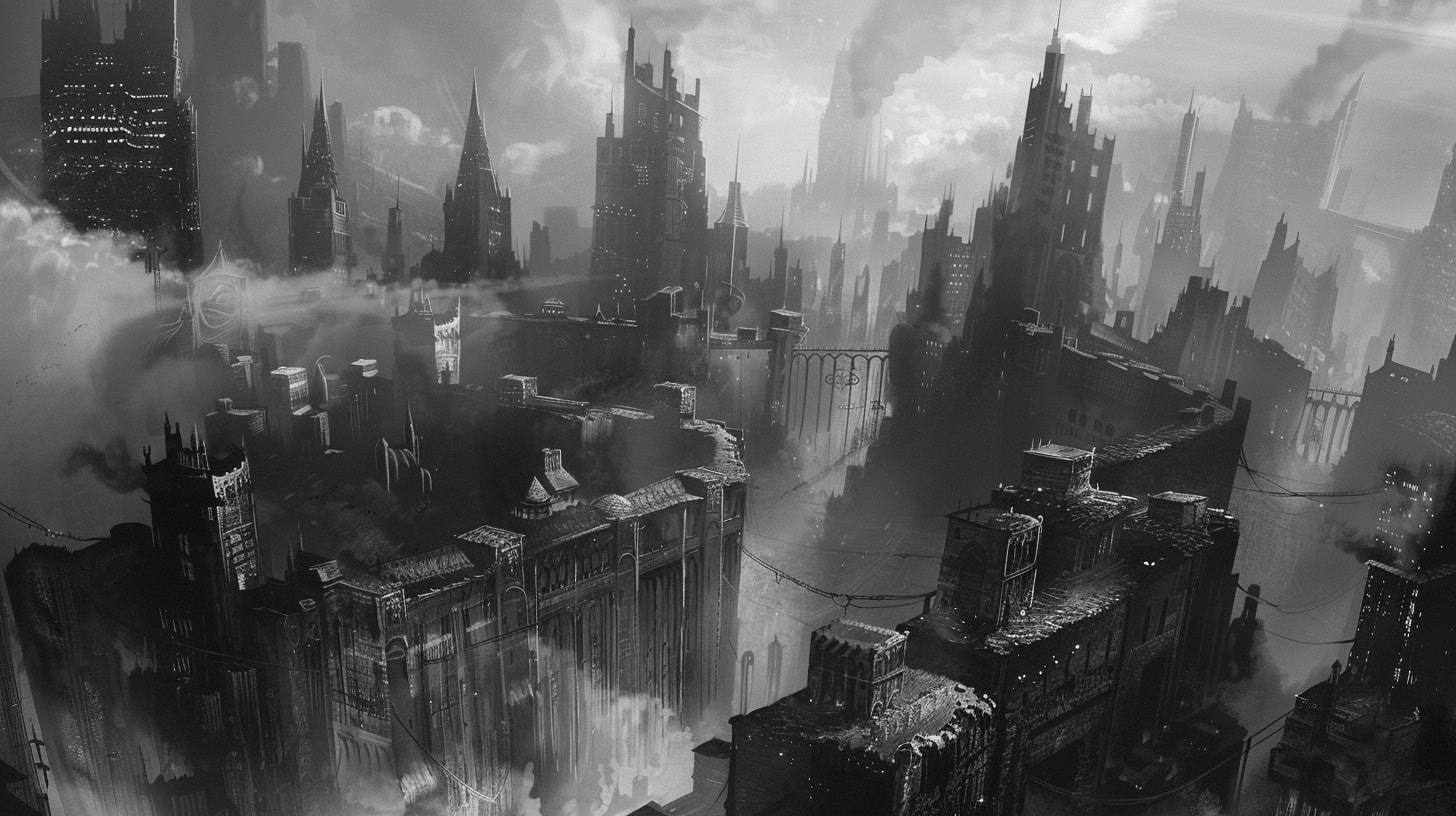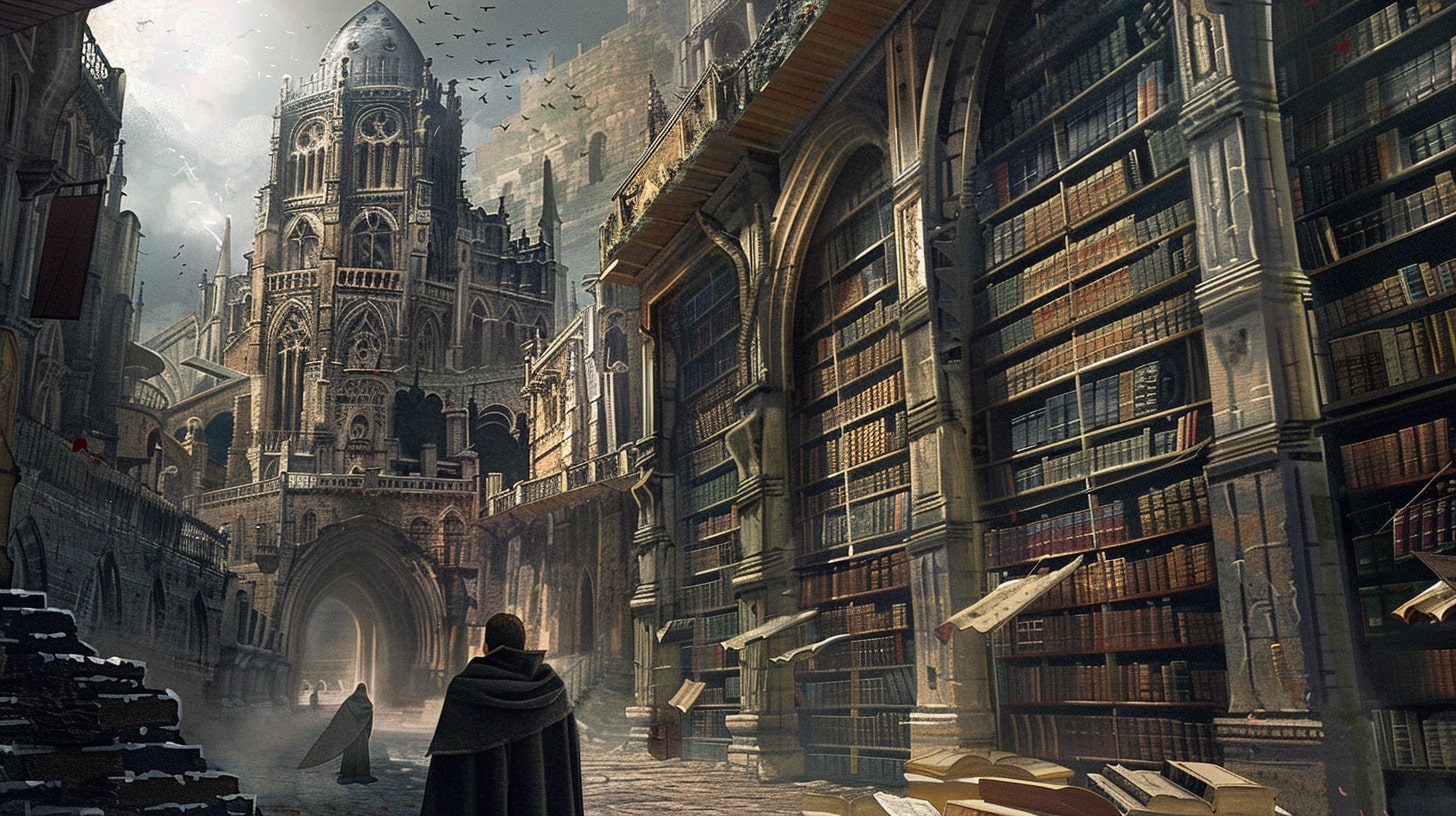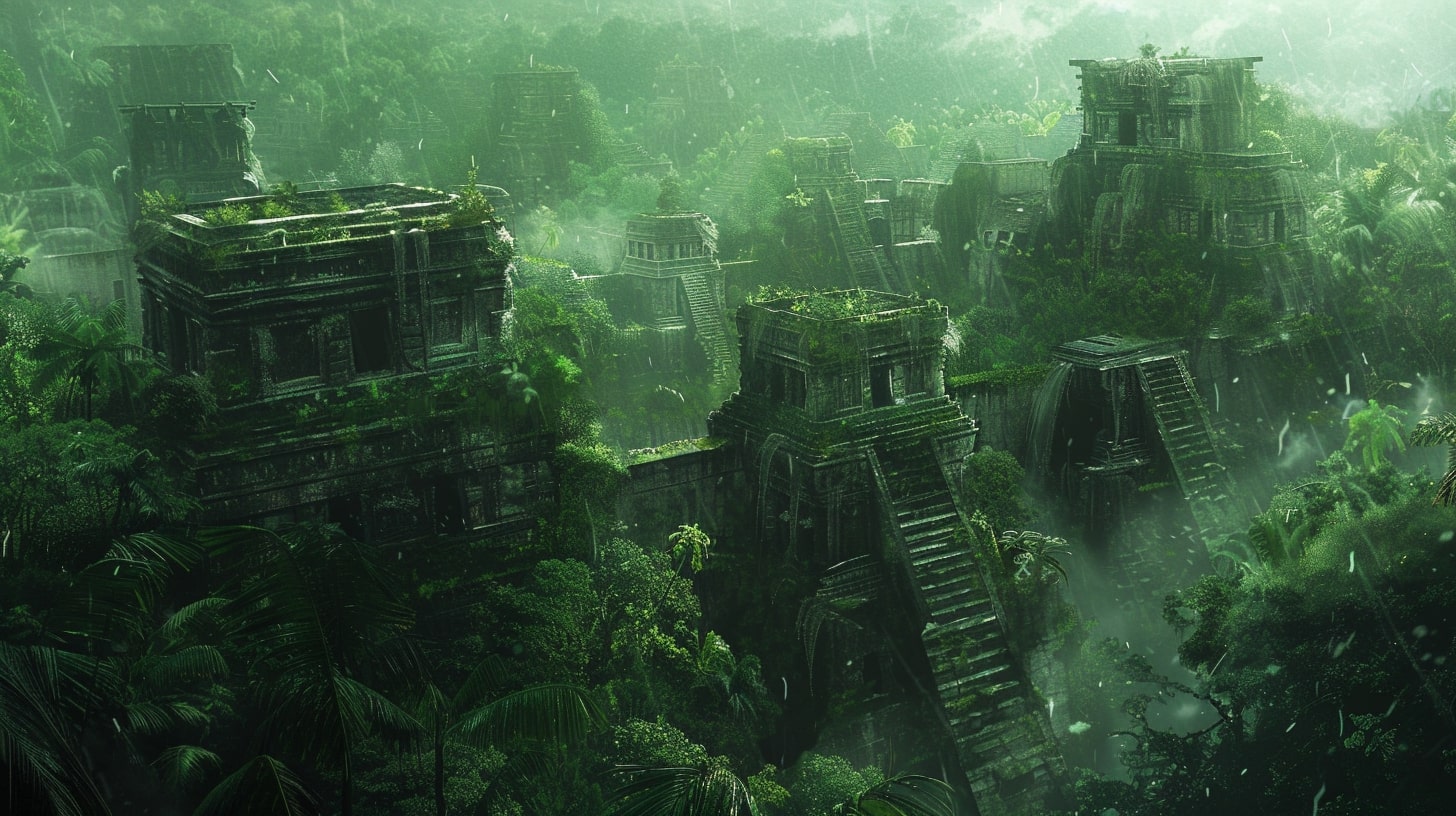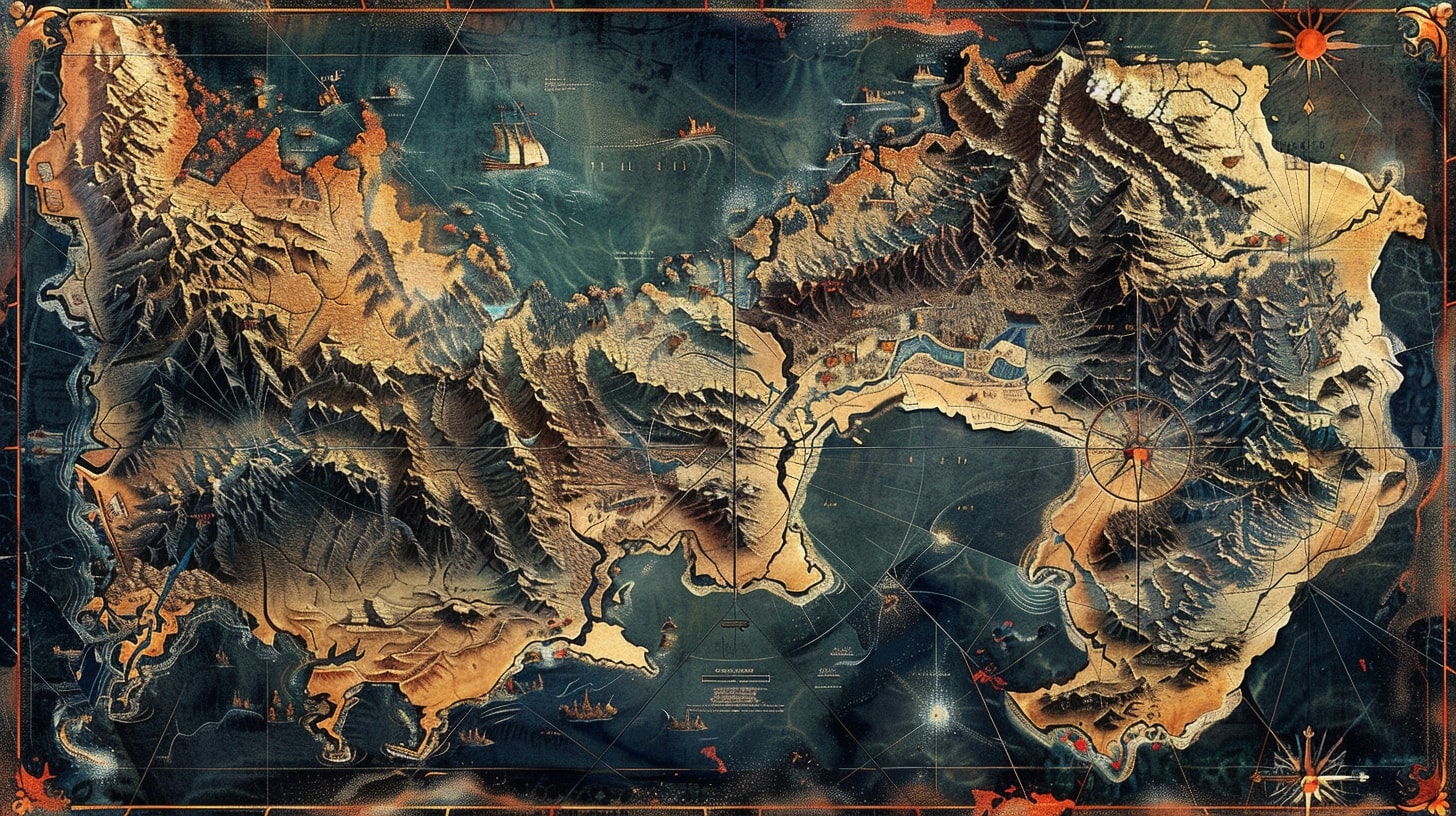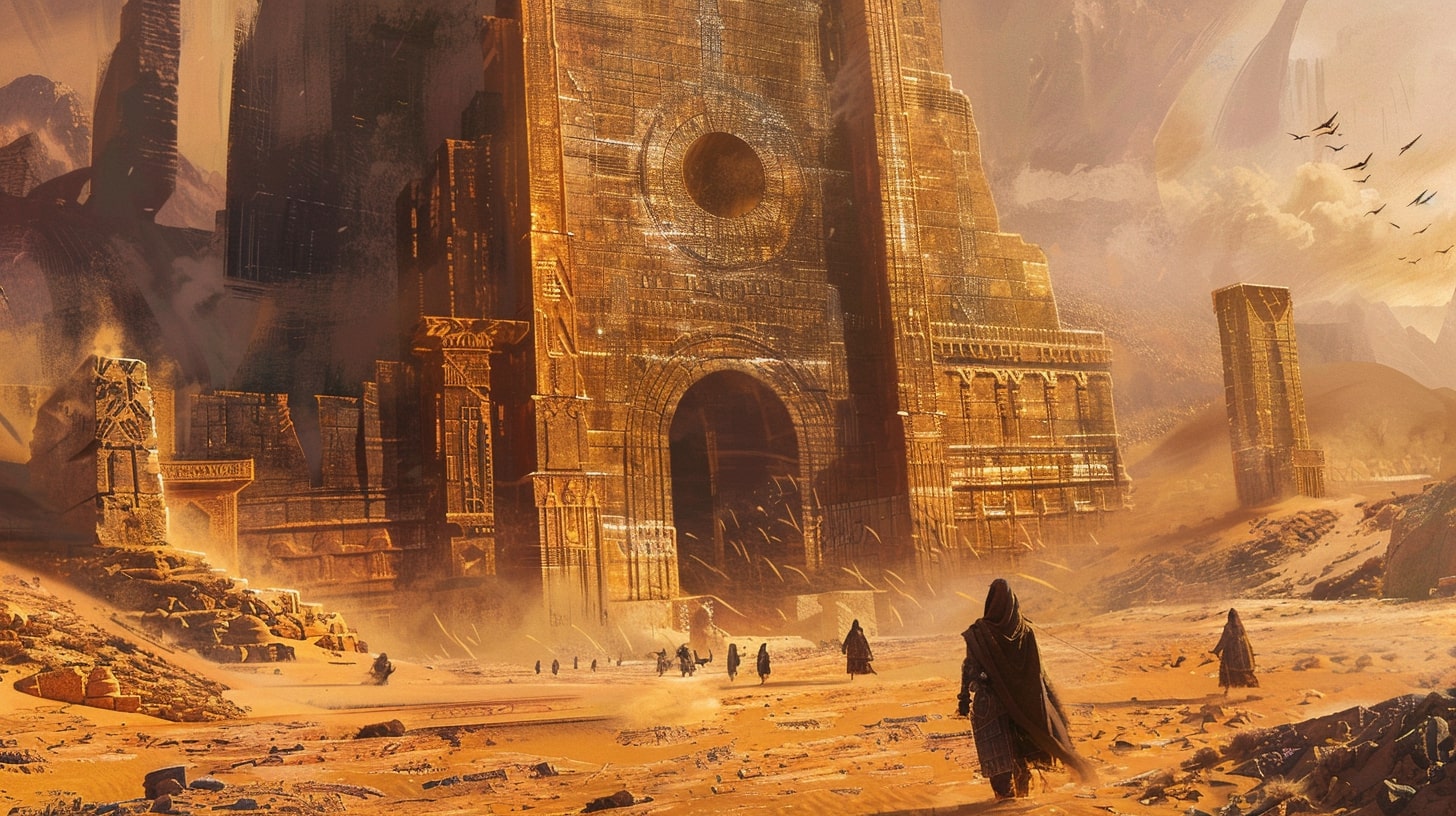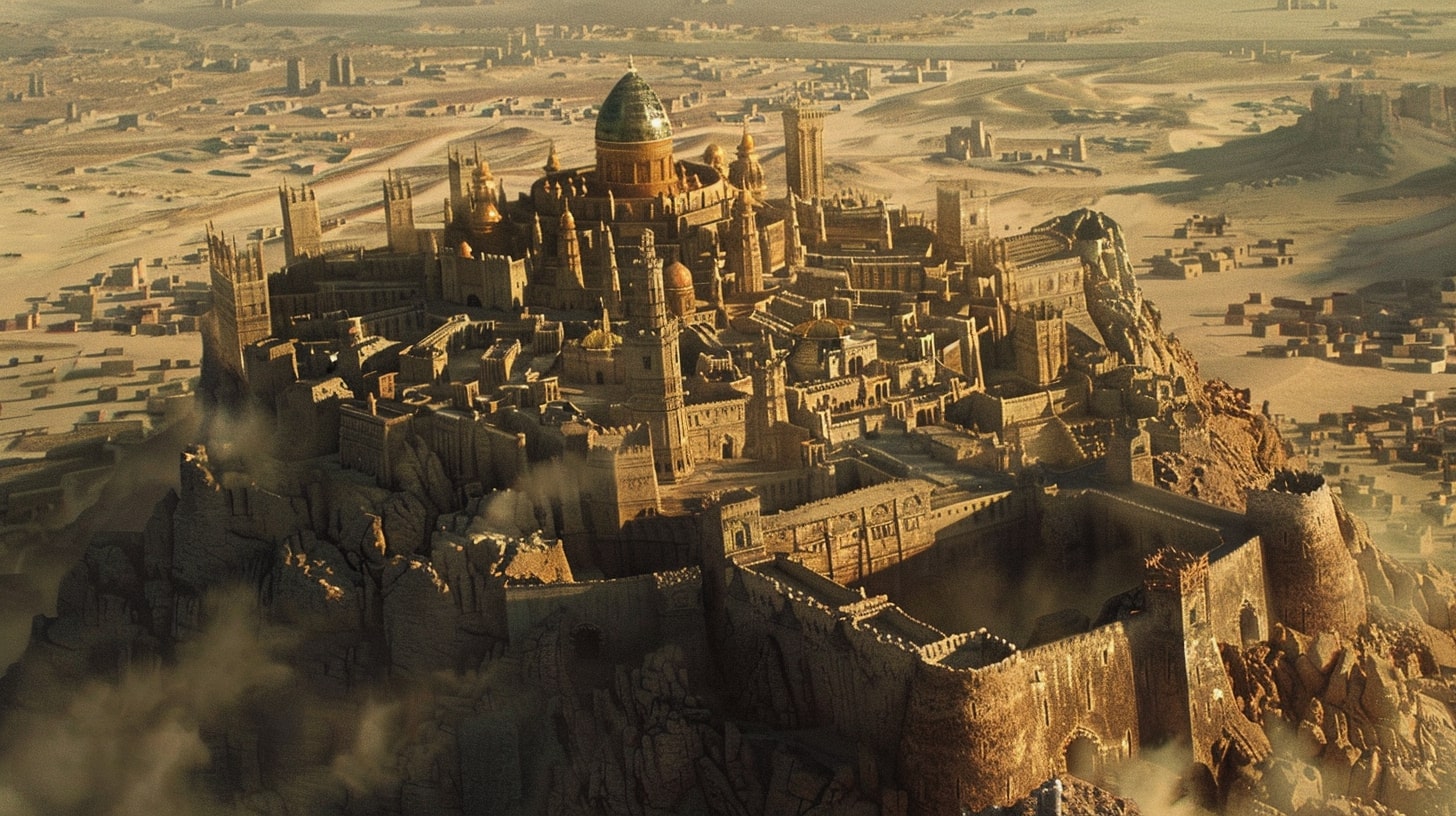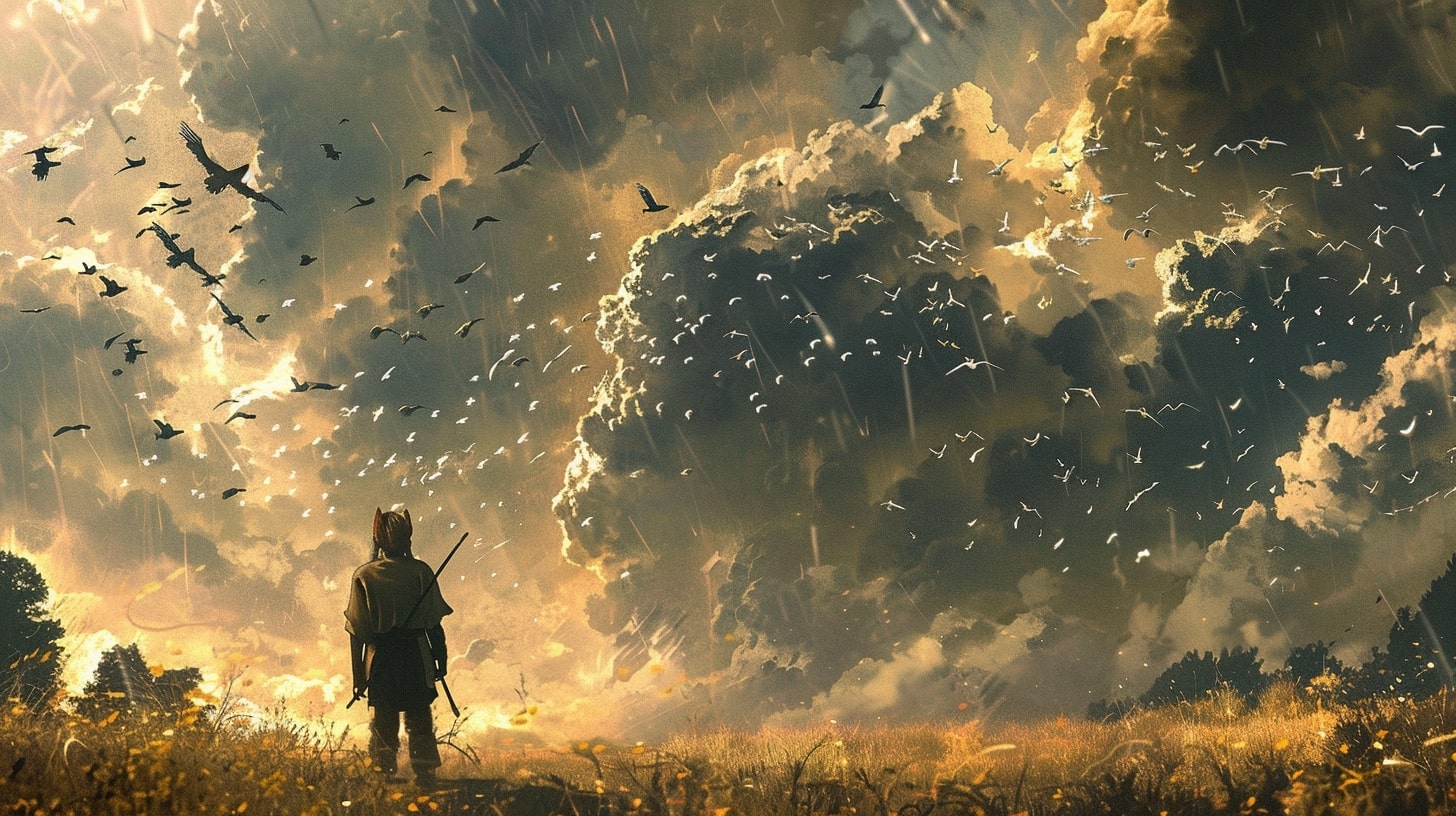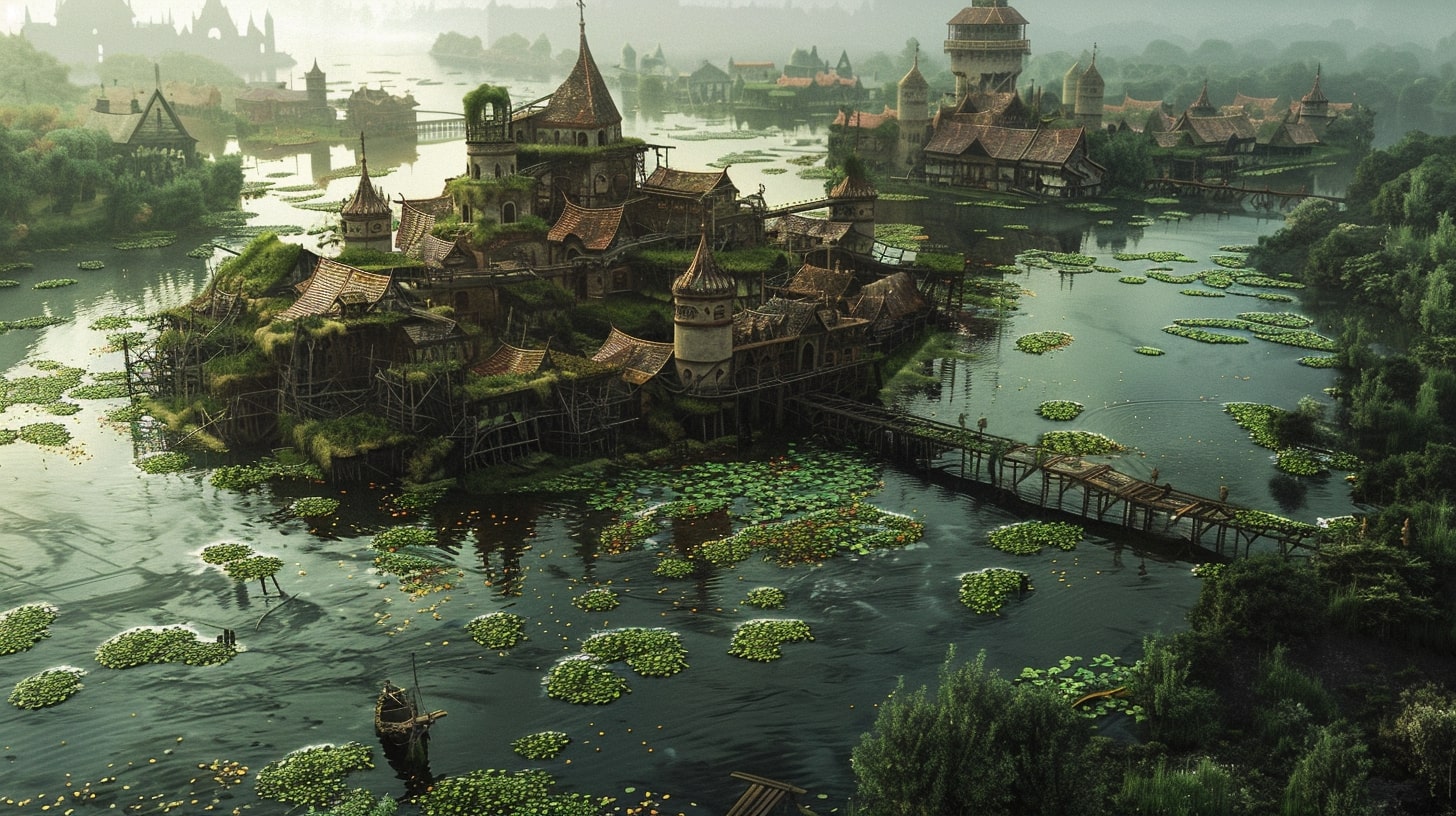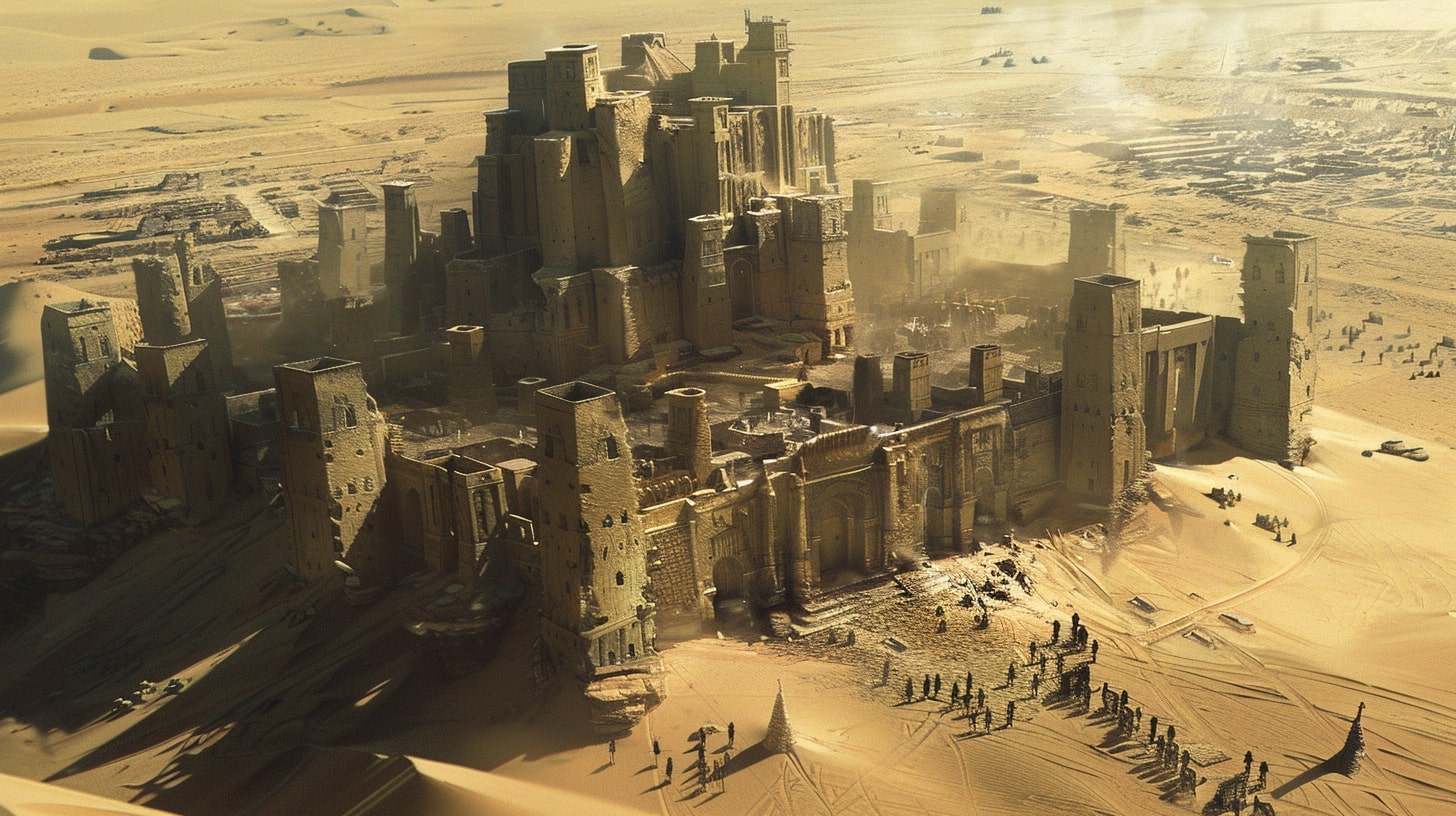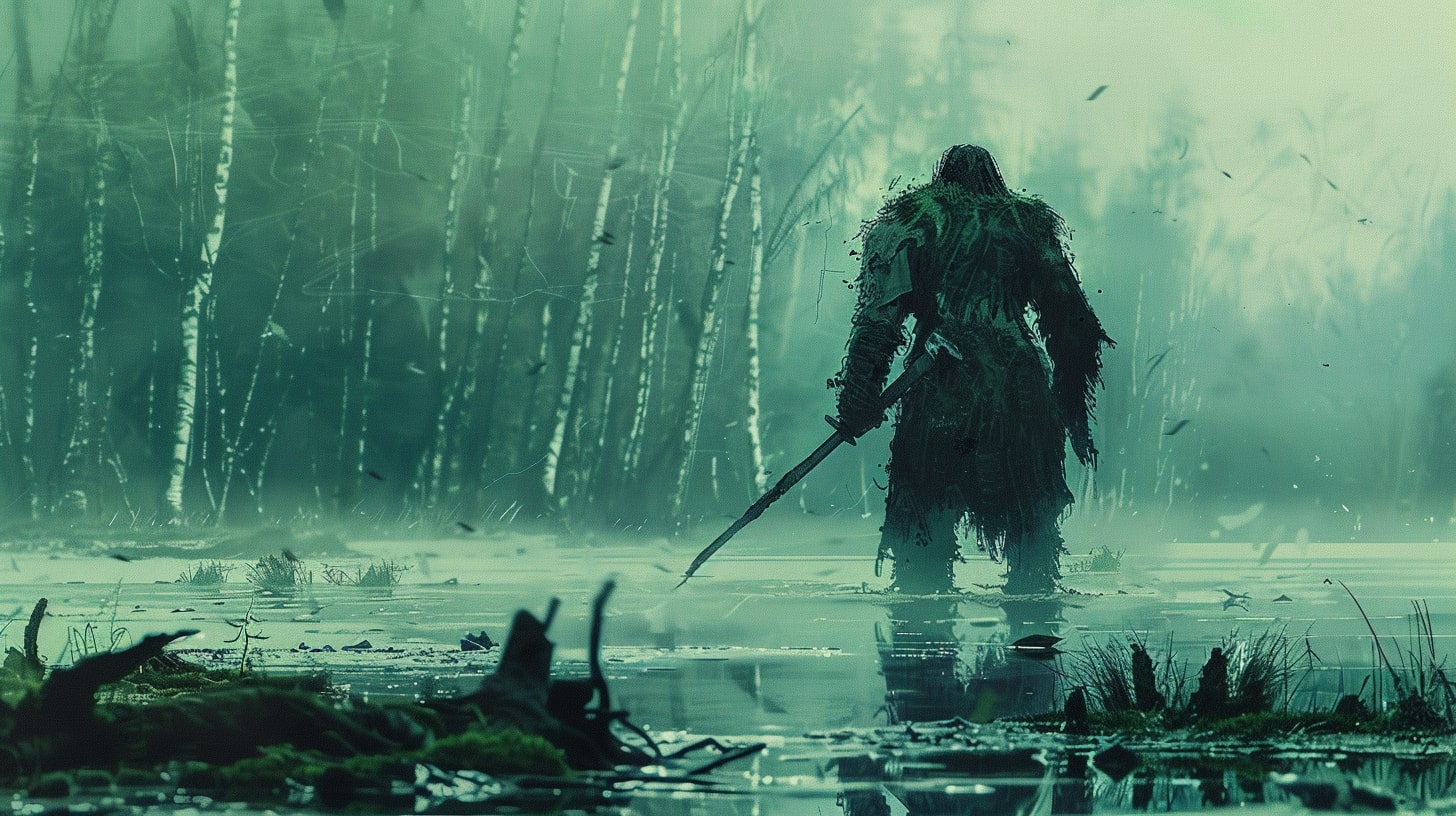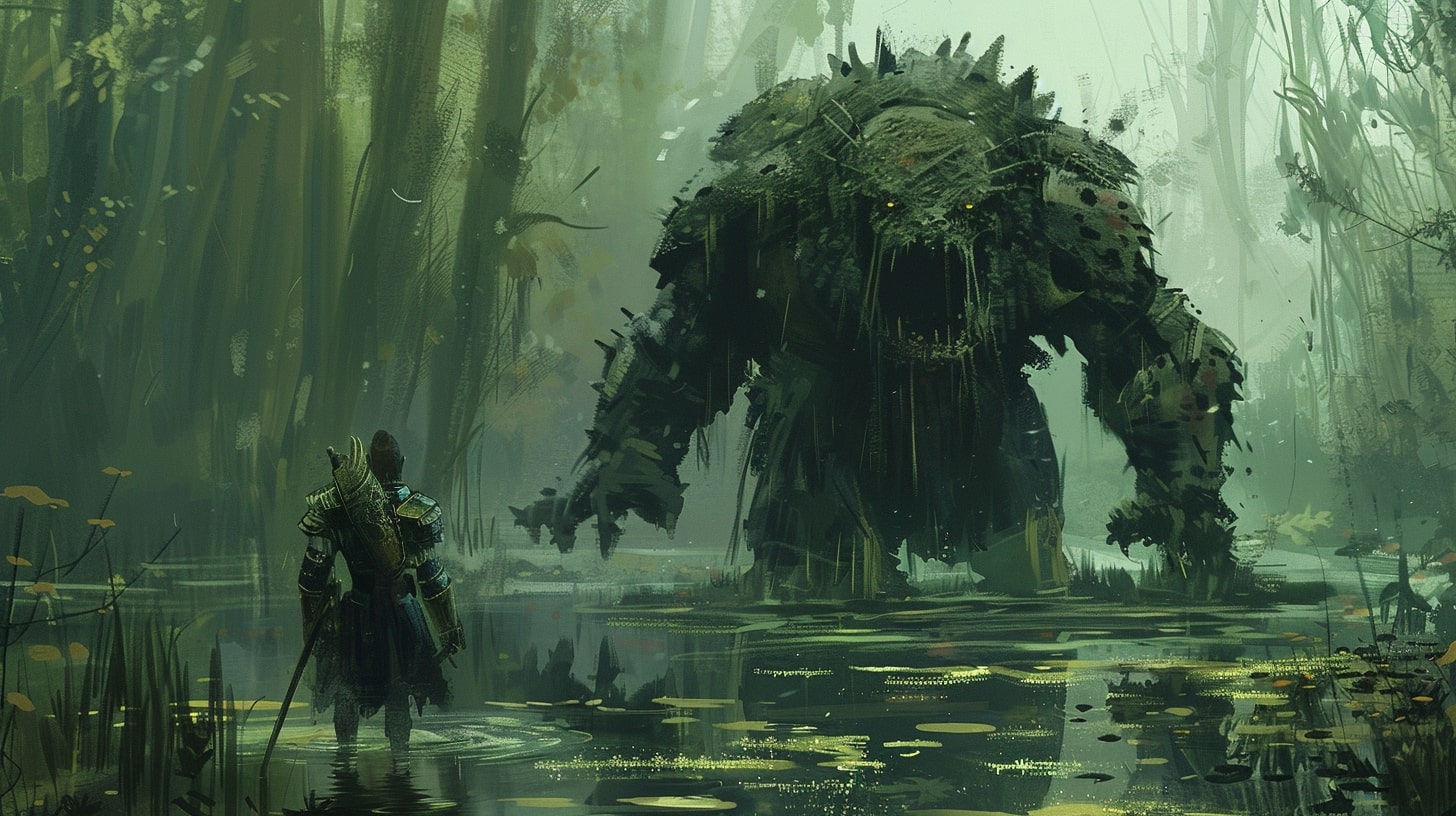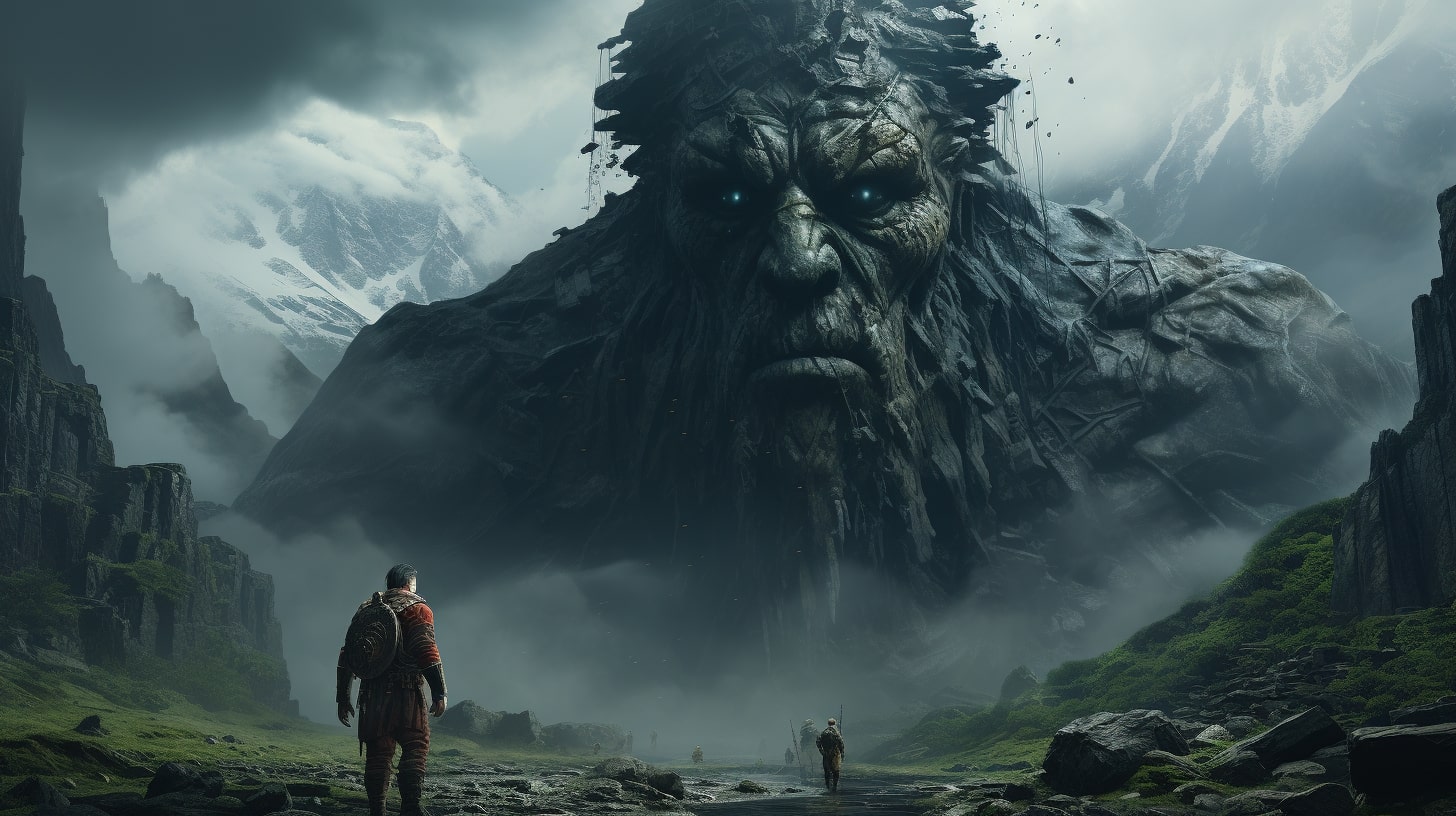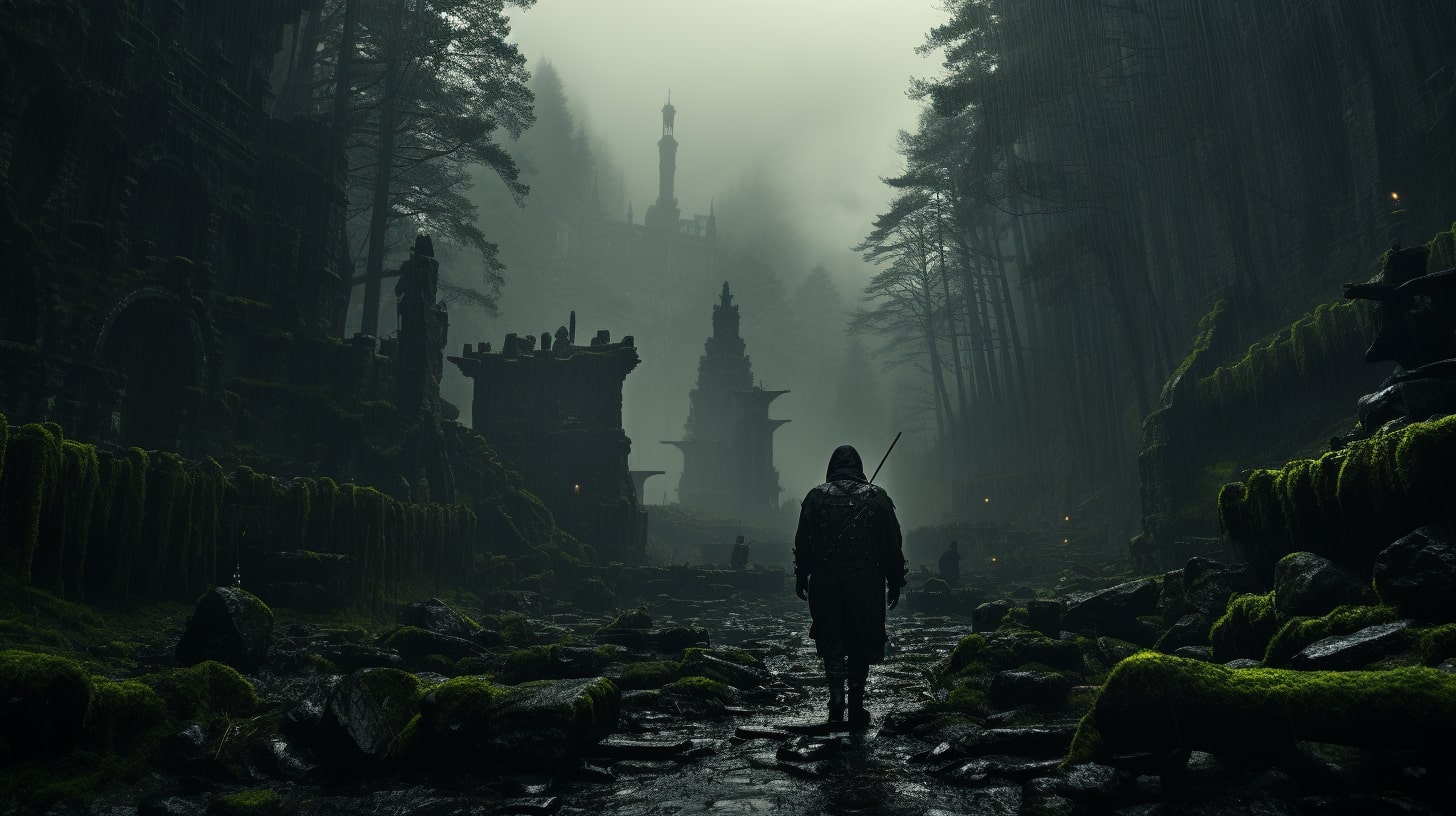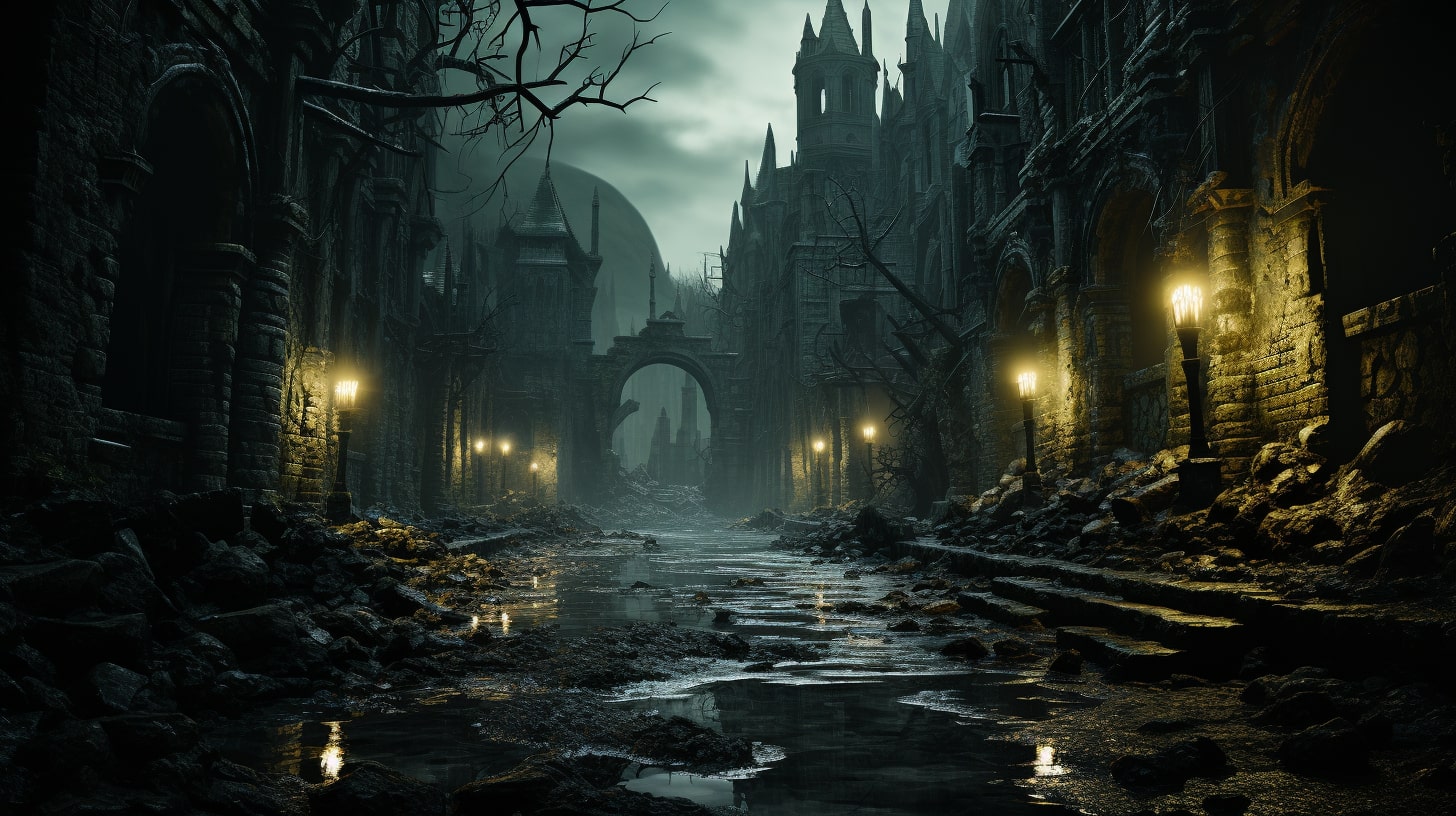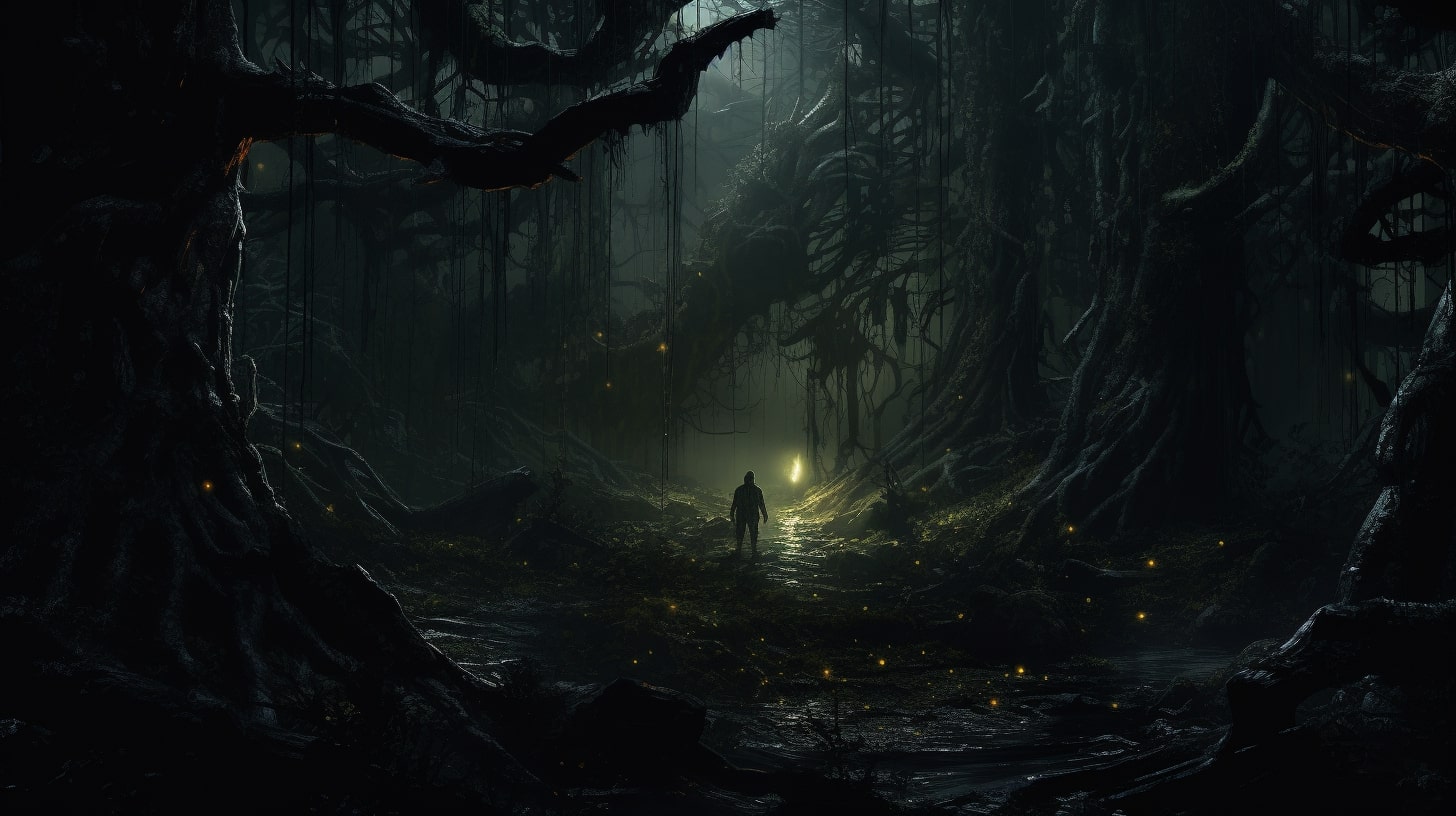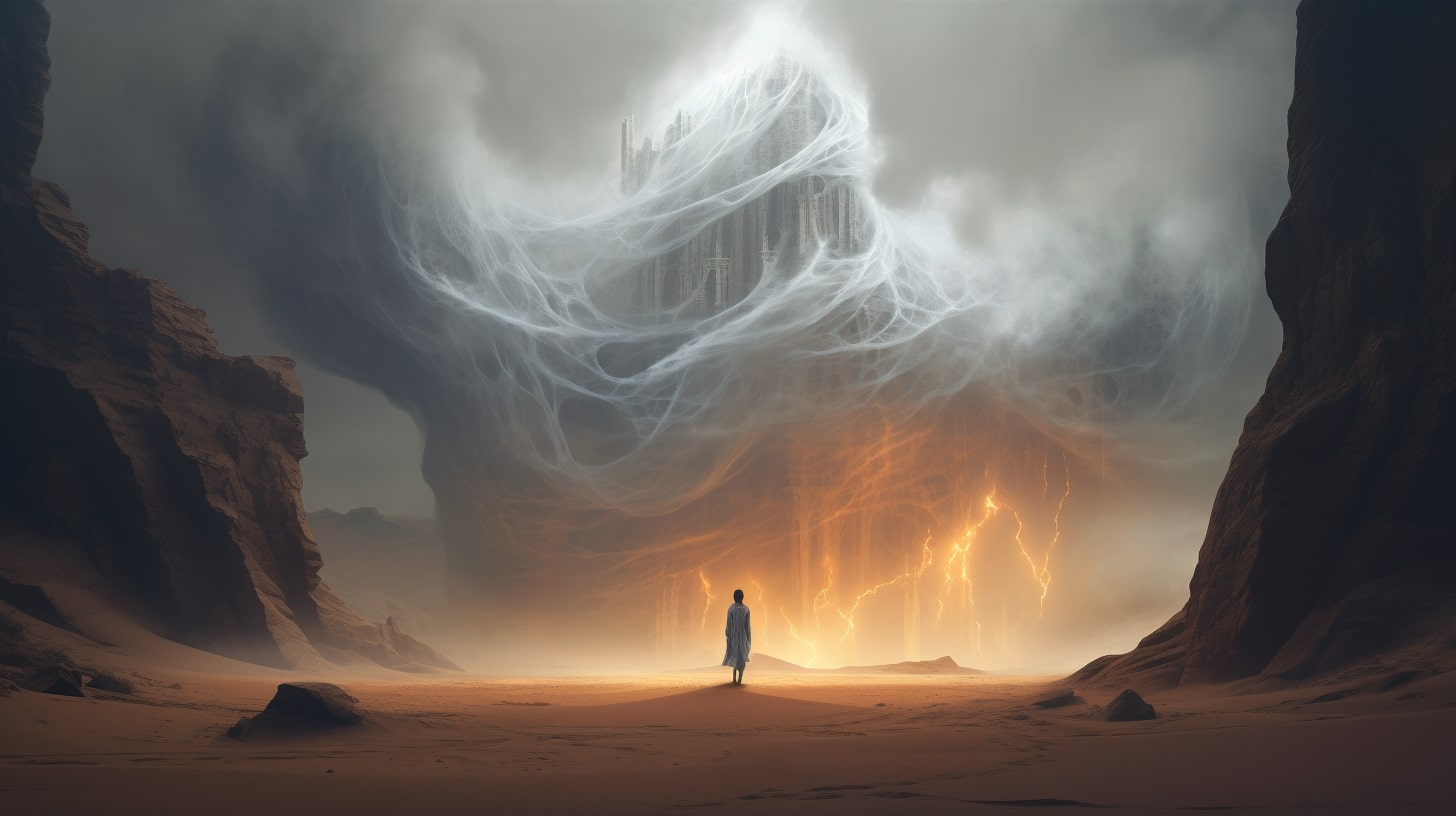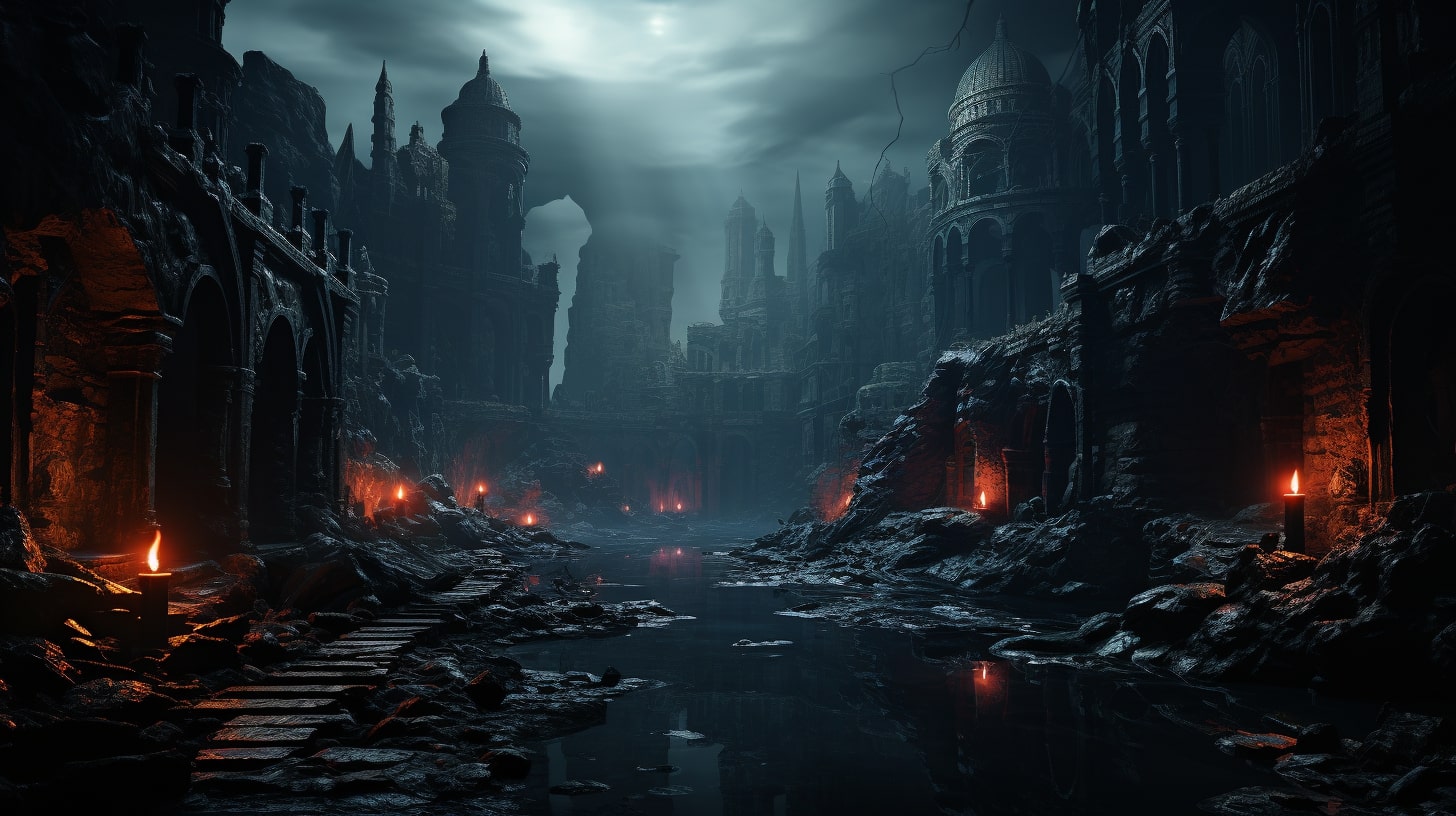In the realm of fantasy world creation, there exists an often overlooked yet crucial aspect: worldbuilding ecology.
This artful science involves the meticulous crafting of ecosystems, where flora and fauna coalesce in an intricate dance, shaping the very fabric of your imagined world. A well-constructed ecology breathes life into your narrative, providing depth, believability, and a sense of immersion that captivates readers and gamers alike.
Worldbuilding ecology isn't just about plants and animals. It's about understanding the delicate balance of nature, the interplay of species, and the profound influence of geography and climate.
In this guide, we'll delve deep into the foundational concepts, the creation of unique flora and fauna, and the intricate web of relationships that bind them together. Ready to excel at worldbuilding? Then it's go time!
Why Is Worldbuilding Ecology Essential?
Creating a vibrant and functional ecosystem serves as the bedrock for any fantasy world. It forms the backdrop against which your characters evolve, societies thrive, and adventures unfold.
When done right, it becomes a character in itself, offering narrative opportunities, challenges, and a sense of authenticity that resonates with your audience.
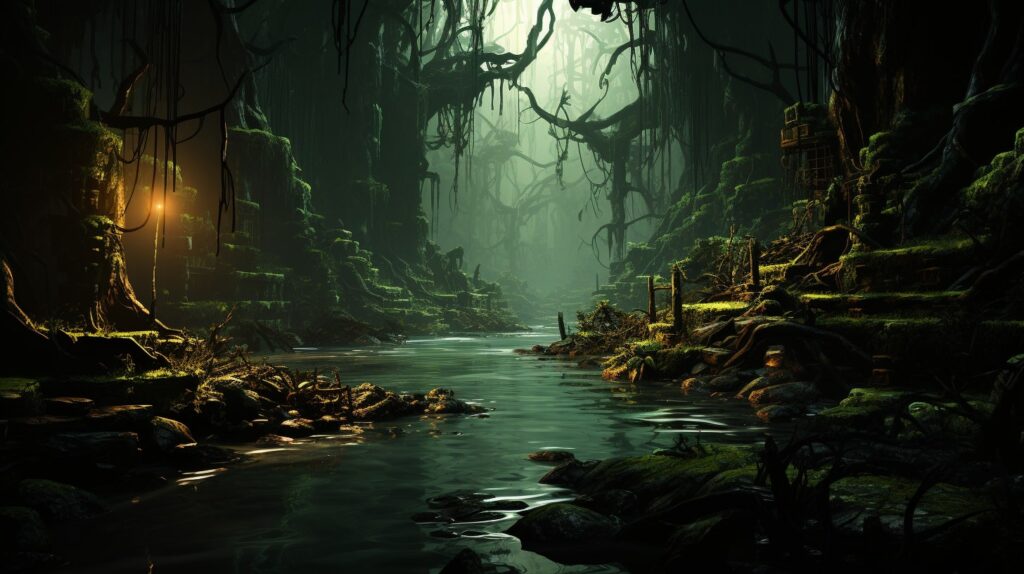
Crafting a Believable Fantasy World
Worldbuilding ecology is an exercise in balance. It's about finding the equilibrium between imagination and ecological realism. A world with haphazardly placed creatures and plants may feel disjointed and jarring, disrupting the immersive experience you seek to create.
On the other hand, a well-considered ecosystem with symbiotic relationships, unique adaptations, and a sense of natural order, adds layers of complexity and intrigue to your world.
Considerations for Building a Believable Ecology
- Research and Inspiration: Begin by immersing yourself in the wonders of our own natural world. Study different biomes, observe animal behavior, and marvel at the diversity of plant life. Draw inspiration from Earth's ecosystems to inform and enrich your world.
- Consistency is Key: Once you've established the rules of your ecology, stick to them. Consistency ensures that your world feels cohesive and authentic. If magic or supernatural elements influence your ecosystem, establish clear guidelines for their effects.
- Adaptation and Evolution: Consider how the organisms in your world adapt to their environment. Evolutionary traits can lead to fascinating flora and fauna, each uniquely suited to their niche.
- Geography Matters: The physical features of your world, from towering mountains to sprawling forests, profoundly influence the types of species that can thrive there. Understanding these relationships adds depth to your world's ecology.
Remember, your world is a living, breathing entity. Treat it with the care and attention it deserves, and it will reward you with narratives that resonate on a profound level.

Foundational Concepts in Ecology
Ecosystems are the beating heart of any living world, whether real or imagined. They encompass the intricate relationships and interactions between all living organisms and their environment within a defined habitat.
To master the art of worldbuilding ecology, one must first grasp the essence of ecosystems and how they shape the landscape, flora, and fauna of a fantastical realm.
The Components of an Ecosystem
An ecosystem is composed of a diverse array of biological, physical, and chemical elements that work in harmony to create a delicate balance. These components include:
- Abiotic Factors: These are the non-living elements such as soil, water, air, and sunlight. They provide the foundational support for life within the ecosystem.
- Producers: Often plants, algae, or certain bacteria, these organisms harness sunlight through photosynthesis to produce energy-rich organic compounds, forming the foundation of the food web.
- Consumers: These creatures, ranging from herbivores to carnivores, feed on other organisms to obtain energy. They are categorized into primary, secondary, and tertiary consumers based on their position in the food chain.
- Decomposers: Essential for recycling nutrients, decomposers like fungi and bacteria break down dead organic matter, returning vital elements to the ecosystem.
- Interactions and Relationships: Predation, competition, mutualism, and more form the complex web of relationships that define the ecosystem's dynamics.
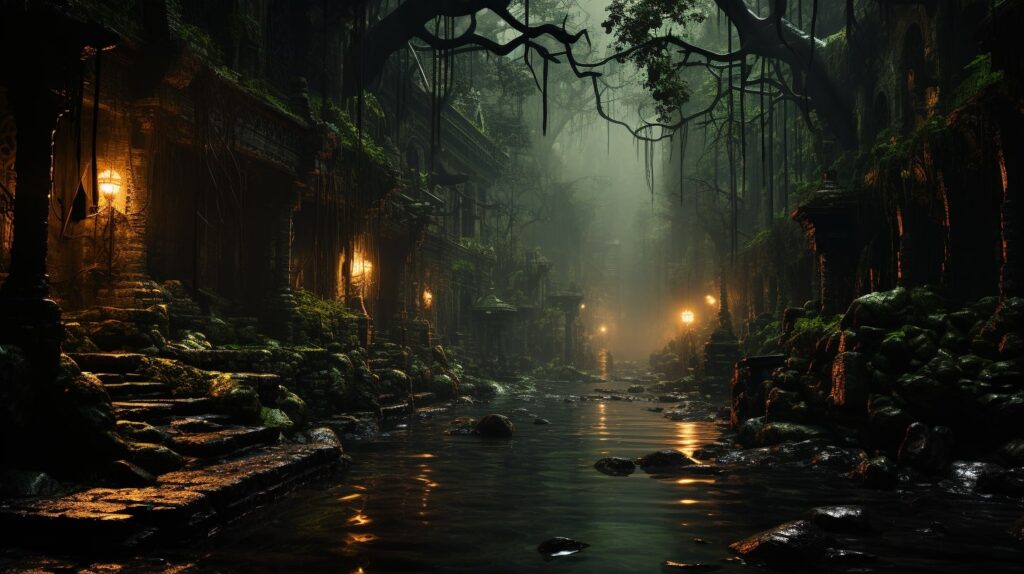
Trophic Levels: Understanding the Hierarchy
Trophic levels categorize organisms based on their position in the food chain. They form the foundation of energy flow within an ecosystem:
- Producers (First Trophic Level): These are the autotrophic organisms that generate their own energy through photosynthesis or chemosynthesis.
- Primary Consumers (Second Trophic Level): Herbivores that feed directly on producers, obtaining energy from plant-based sources.
- Secondary Consumers (Third Trophic Level): Carnivores that prey on herbivores, thus obtaining energy from the consumption of other animals.
- Tertiary Consumers (Higher Trophic Levels): Apex predators at the top of the food chain, feeding on both primary and secondary consumers.
Understanding trophic levels is crucial for maintaining the ecological balance within your fantasy world.
Mastering the concept of ecosystems lays the foundation for a vibrant and immersive world. By comprehending the delicate dance between abiotic factors, producers, consumers, decomposers, and the trophic levels, you gain the tools to construct a believable and captivating environment for your characters and stories.
In the next section, we'll venture into the world of biodiversity, exploring the rich tapestry of life forms that populate your fantasy realm.
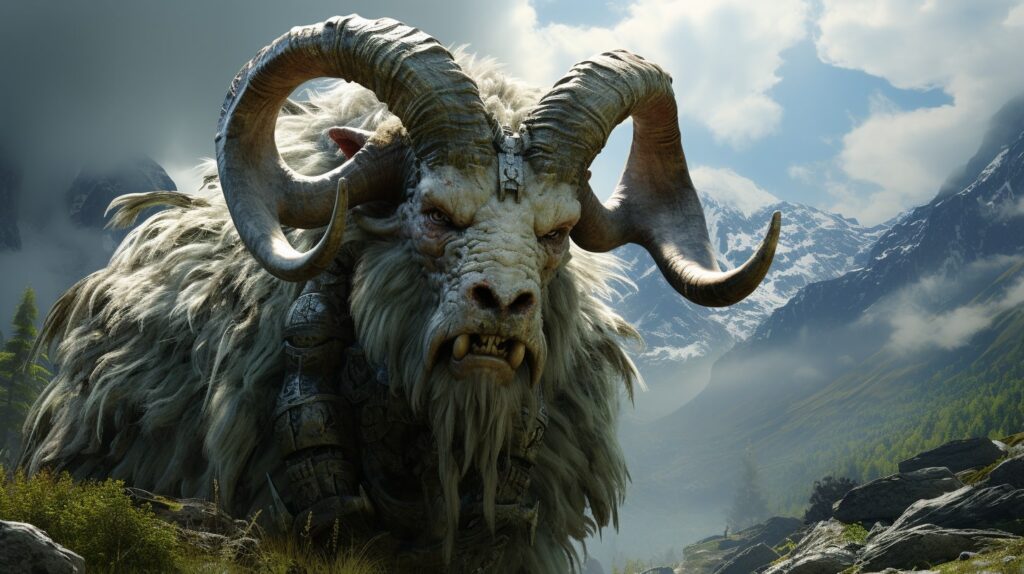
Breathing Life into Worlds: Crafting Unique Flora and Fauna in Worldbuilding
In the realms of worldbuilding, the flora and fauna of a fantasy world are more than mere scenery; they are integral components that shape the environment, culture, and narratives within.
Crafting distinctive plants and creatures not only adds depth to your world but also provides opportunities for rich storytelling and immersive experiences.
In this section, we'll explore the process of bringing unique flora and fauna to life within your imagined universe.
Designing Flora: The Green Tapestry
Flora, the plants and vegetation of a world, are the foundation upon which ecosystems thrive. Designing unique and believable flora can greatly enhance the realism and intrigue of your world.
Plant Adaptations: Navigating Diverse Environments
Consider the adaptations of your plants to their specific habitats. From succulent desert flora to towering rainforest giants, each adaptation tells a story of survival and resilience.
Unique Plant Species: Botanical Wonders
Introduce plants that are wholly unique to your world. Imagine bioluminescent trees that light up the night, or carnivorous plants with intriguing hunting mechanisms.
Plant Communities and Habitats: Niche and Nook
Determine how different plants interact and form communities. Some may rely on symbiotic relationships, while others may compete fiercely for resources.

Crafting Fauna: Creatures of Wonder
Fauna, the animal life of your world, add dynamic movement and character to your landscapes. Designing creatures that are both captivating and believable requires thoughtful consideration.
Animal Adaptations: Masterpieces of Evolution
Explore the evolutionary adaptations of your creatures. Whether it's camouflage, specialized appendages, or unique sensory organs, adaptations reveal the story of survival in your world.
Unique Animal Species: Nature's Marvels
Introduce creatures that defy conventional biology. Consider aerial predators with fantastical anatomies or aquatic creatures adapted to the depths of mystical oceans.
Animal Behavior and Interactions: A Dance of Life
Delve into the behavioral patterns of your creatures. Are they solitary hunters, pack animals, or cooperative nest builders? Understanding these interactions adds depth to your world's ecology.
With a vivid array of unique flora and fauna, your fantasy world is poised to come to life. Remember, each plant and creature contributes to the narrative and culture of your world. By crafting them with care and consideration, you'll create a world that resonates with readers and gamers alike.
In the upcoming section, we'll explore the intricate relationships that bind these organisms together, from predation and mutualism to competition and symbiosis.
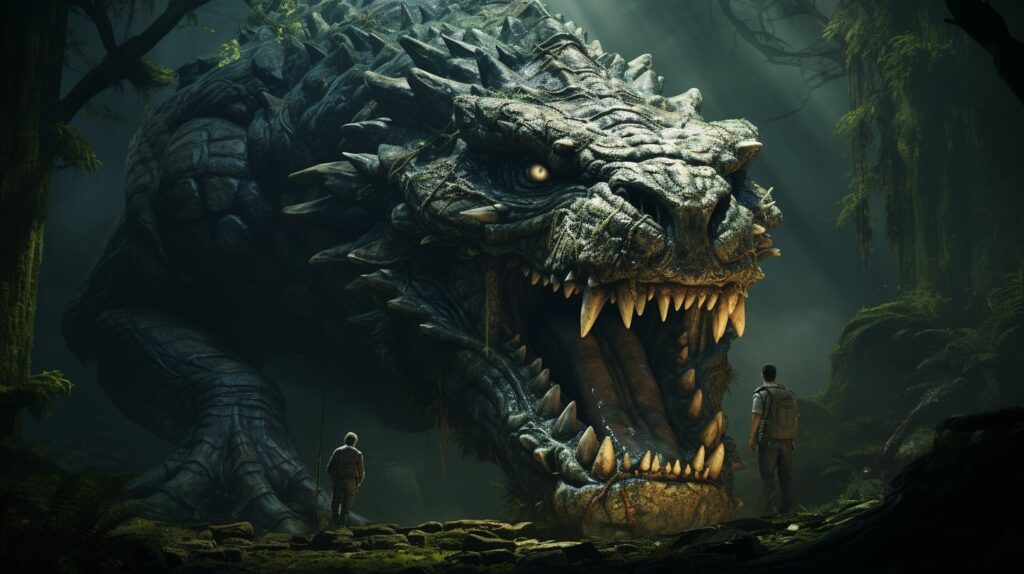
Understanding Interspecies Relationships in Worldbuilding Ecology
Interspecies relationships form the intricate web of connections that define the dynamics of any ecological system. In the fantastical realms of worldbuilding, these relationships can range from the symbiotic to the predatory, shaping the behavior and survival strategies of the creatures inhabiting your imagined world. In this section, we'll explore the various types of interspecies interactions that breathe life into your world.
Predation and Herbivory
Predation, the act of one organism hunting and consuming another, and herbivory, where animals feed on plants, are fundamental interactions in any ecosystem.
Predation
- Predator-Prey Dynamics: Dive into the complex dance of hunters and hunted, where adaptations for pursuit and evasion dictate the balance of life and death.
- Apex Predators: Explore the role of apex predators in regulating populations and maintaining the health of an ecosystem.
Herbivory
- Plant Defenses: Understand the myriad ways plants defend themselves against herbivores, from chemical compounds to physical structures.
- Co-evolution: Explore the fascinating dance of co-evolution between plants and herbivores, where each drives the adaptations of the other.
Mutualism and Symbiosis
Mutualism and symbiosis represent partnerships between different species, where both parties benefit from the relationship.
Mutualism
- Reciprocal Benefits: Discover how mutualistic relationships provide advantages to both species involved, such as pollination by insects.
- Examples in Nature: Explore real-world examples, like the mutually beneficial relationship between oxpeckers and large herbivores.
Symbiosis
- Types of Symbiosis: Understand the three primary types of symbiotic relationships: mutualism, commensalism, and parasitism.
- Balancing Acts: Delve into the delicate balance of power and dependence within these relationships.
Competition
Competition arises when different species vie for the same resources within an ecosystem.
- Resource Partitioning: Explore how species adapt to reduce competition, often by utilizing different parts of the environment or occupying different niches.
- Intraspecific vs. Interspecific Competition: Distinguish between competition within a species and competition between different species, both of which play vital roles in shaping ecosystems.
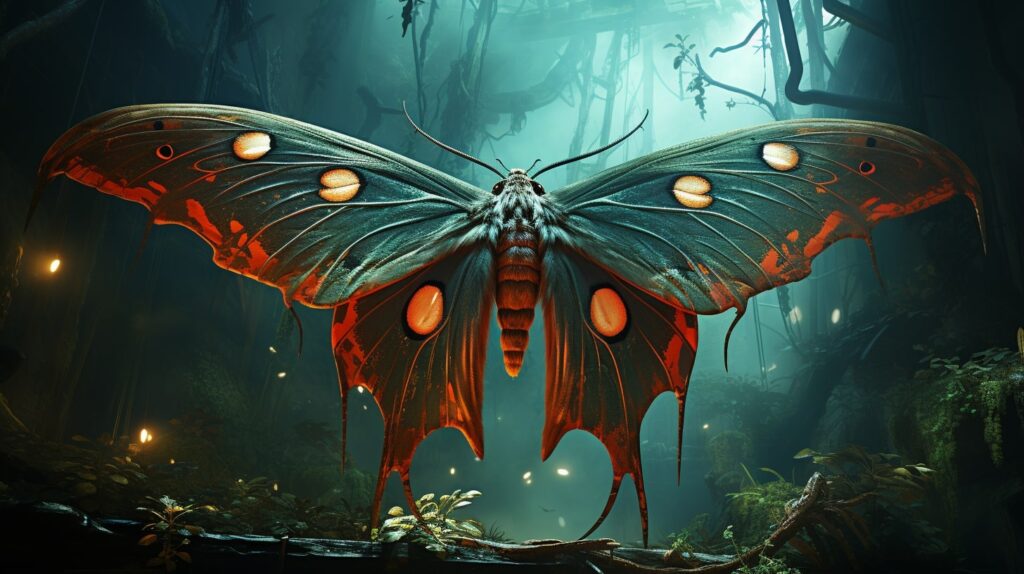
Parasitism
In parasitic relationships, one organism benefits at the expense of another, often causing harm to the host.
- Adaptations of Parasites: Understand the specialized adaptations parasites develop to exploit their hosts.
- Impact on Ecosystems: Explore the broader ecological implications of parasitic relationships, from regulating populations to influencing behavior.
Commensalism
Commensal relationships involve one species benefiting while the other is neither helped nor harmed.
- Subtle Interactions: Discover how seemingly minor interactions can have significant impacts on the behavior and distribution of species.
- Examples in Nature: Examine instances of commensalism in the natural world, such as epiphytic plants that grow harmlessly on trees.
By understanding the diverse array of interspecies relationships, you hold the key to crafting a dynamic and immersive ecosystem for your fantasy world. From the drama of predation to the harmony of mutualism, these interactions shape the very fabric of your imagined universe.
In the next section, we'll delve into the fascinating realm of environmental pressures and the adaptive responses that further enrich your world's ecology.
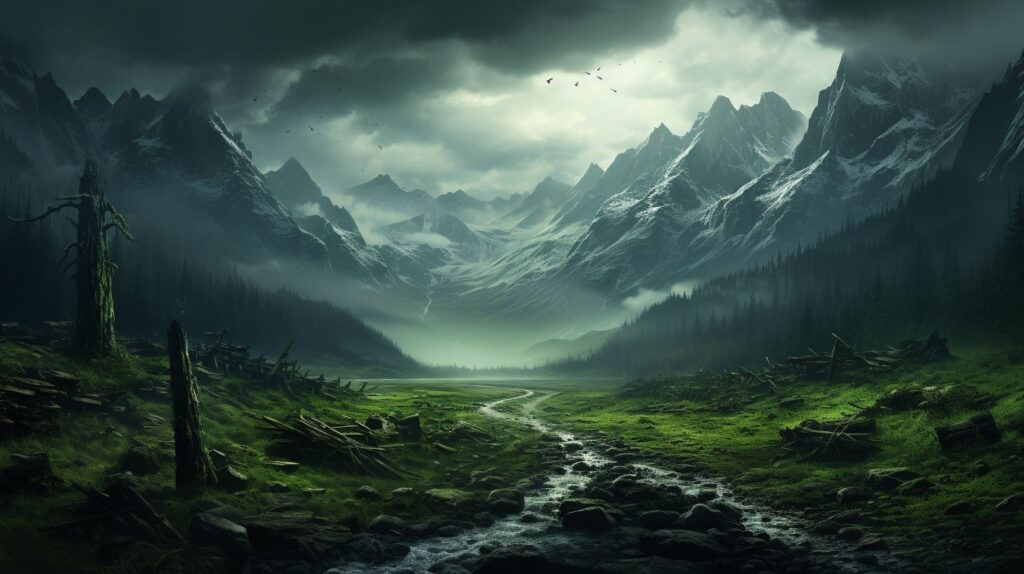
Navigating Environmental Pressures: Adaptations in Worldbuilding Ecology
In the intricate dance of ecosystems, environmental pressures act as the crucible for evolutionary change. In the fantastical realms of worldbuilding, understanding these pressures and the adaptations they spur is paramount.
From natural disasters to shifting climates, these forces shape the flora and fauna of your imagined world. In this section, we'll explore the impact of environmental pressures and the remarkable adaptations they elicit.
Natural Disasters: Shaping the Landscape
Natural disasters are cataclysmic events that disrupt the balance of ecosystems and challenge the survival of its inhabitants.
Types of Natural Disasters
- Catastrophic Events: Delve into disasters like earthquakes, volcanic eruptions, floods, and wildfires, each leaving distinct imprints on the environment.
Adaptations to Natural Disasters
- Resilience and Recovery: Explore the mechanisms organisms employ to recover and adapt to the aftermath of natural disasters, from rapid regeneration to migratory patterns.
- Disaster-Promoting Adaptations: Understand how certain species have evolved to thrive in post-disaster environments, showcasing nature's resilience.
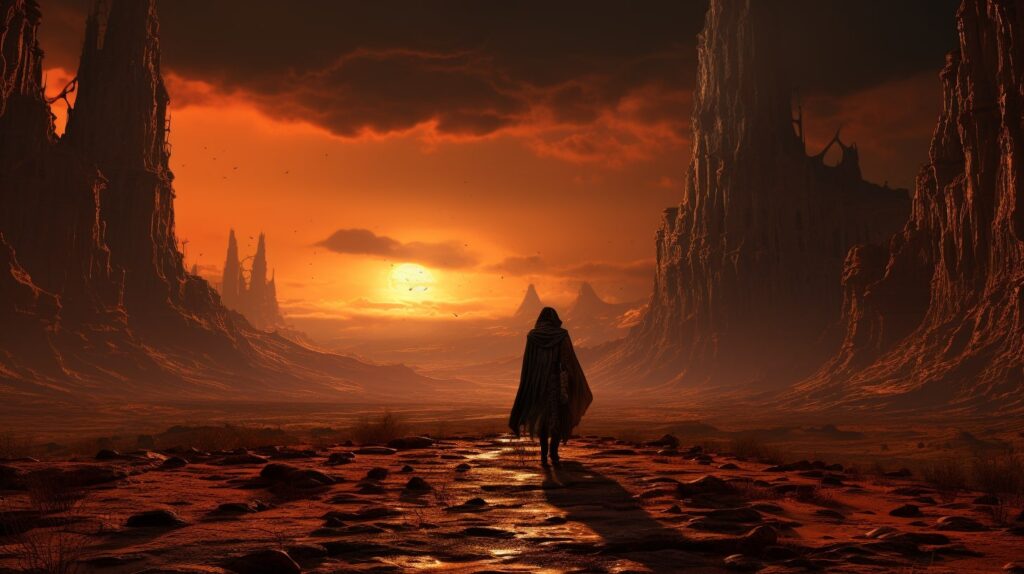
Climate Change: The Shifting Baseline
Climate change, whether gradual or sudden, can dramatically alter the conditions within an ecosystem.
Effects of Climate Change
- Temperature Shifts: Explore how rising temperatures or sudden freezes impact the distribution and behavior of species.
- Altered Precipitation Patterns: Understand the repercussions of changing rainfall patterns on plant growth, water availability, and species interactions.
Adaptations to Climate Change
- Phenotypic Plasticity: Discover how some organisms possess the capacity to alter their physical traits in response to changing environmental conditions.
- Migration and Range Shifts: Delve into the strategies species employ to seek more hospitable climates, sometimes leading to the expansion or contraction of their ranges.
Human Impact: Navigating Anthropogenic Changes
The influence of human activities on the environment is a significant factor in worldbuilding ecology.
Deforestation and Urbanization
- Loss of Habitat: Examine how urban expansion and deforestation alter landscapes, often displacing native species.
- Urban Adaptations: Discover how some species adapt to urban environments, displaying remarkable resilience in the face of human activity.
Pollution and Contamination
- Toxic Environments: Understand how pollutants and contaminants can create hostile environments for certain species.
- Bioaccumulation and Tolerance: Explore adaptations that allow some organisms to thrive in polluted areas, often through specialized detoxification mechanisms.
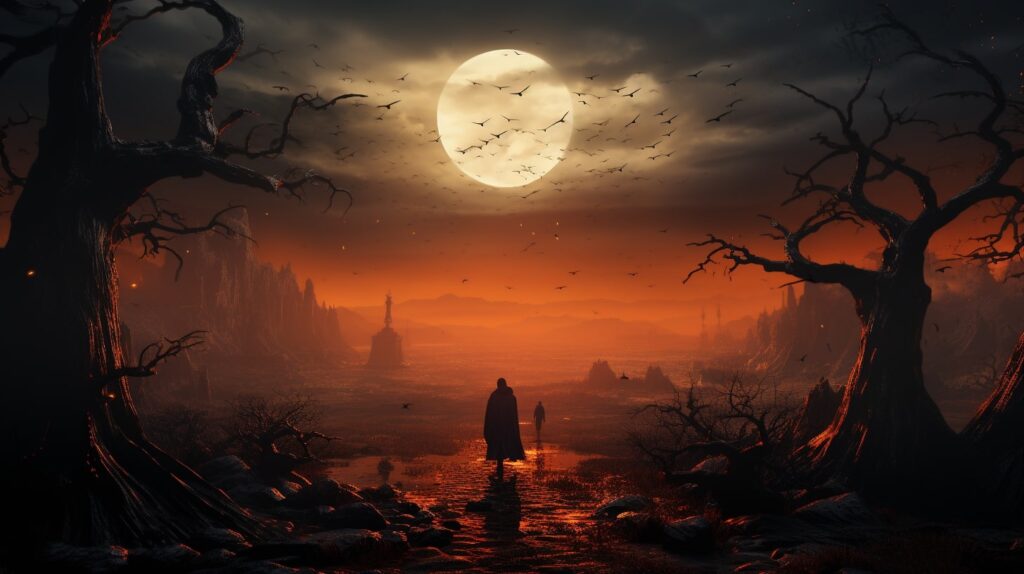
Geological Activity: Shaping the Physical World
Geological forces, from volcanic activity to tectonic shifts, can dramatically alter landscapes and ecosystems.
Volcanoes and Geothermal Activity
- Rich Soil and Unique Flora: Understand how volcanic eruptions create nutrient-rich soils, giving rise to distinctive plant life.
- Adaptations to Extreme Temperatures: Explore the specialized adaptations of organisms that thrive in geothermally active areas.
By delving into the complex interplay between environmental pressures and adaptations, you gain the tools to craft a dynamic and resilient world. From the cataclysmic forces of natural disasters to the gradual shifts of climate change, these influences shape the destiny of your imagined ecosystems.
In the next section, we'll unravel the intricate threads of food chains and food webs, exploring the flow of energy and nutrients within your world.
Unraveling the Threads of Life: Food Chains and Food Webs in Worldbuilding Ecology
At the heart of every ecosystem lies the intricate dance of energy transfer through food chains and food webs. In the realms of worldbuilding, understanding these vital systems is essential for creating believable and immersive environments.
From apex predators to primary producers, every organism plays a crucial role. In this section, we'll delve into the dynamic flow of energy and nutrients within your imagined world.
Understanding Trophic Levels
Trophic levels categorize organisms based on their position in the food chain, offering insights into the flow of energy within an ecosystem.
Producers (First Trophic Level)
- Harnessing Solar Energy: Dive into the world of autotrophic organisms like plants, algae, and certain bacteria that convert sunlight into energy through photosynthesis.
- Foundation of the Food Chain: Explore their pivotal role as the primary source of energy for all higher trophic levels.
Primary Consumers (Second Trophic Level)
- Herbivores and Beyond: Understand the crucial role of herbivores in consuming producers, thereby transferring energy to higher trophic levels.
- Energy Transfer Efficiency: Delve into the concept of trophic efficiency, which governs how much energy is passed on to higher trophic levels.
Secondary Consumers (Third Trophic Level)
- Carnivores in Action: Explore the world of predators that feed on herbivores, further transferring energy up the trophic pyramid.
- Top Predators and Apex Predators: Understand the roles of top predators and apex predators in regulating lower trophic levels and maintaining ecosystem balance.
Tertiary Consumers (Higher Trophic Levels)
- The Pinnacle of Predation: Delve into the world of apex predators that occupy the highest trophic levels, often with no natural predators of their own.
- Top-Down Regulation: Explore how these predators influence the population dynamics of lower trophic levels.
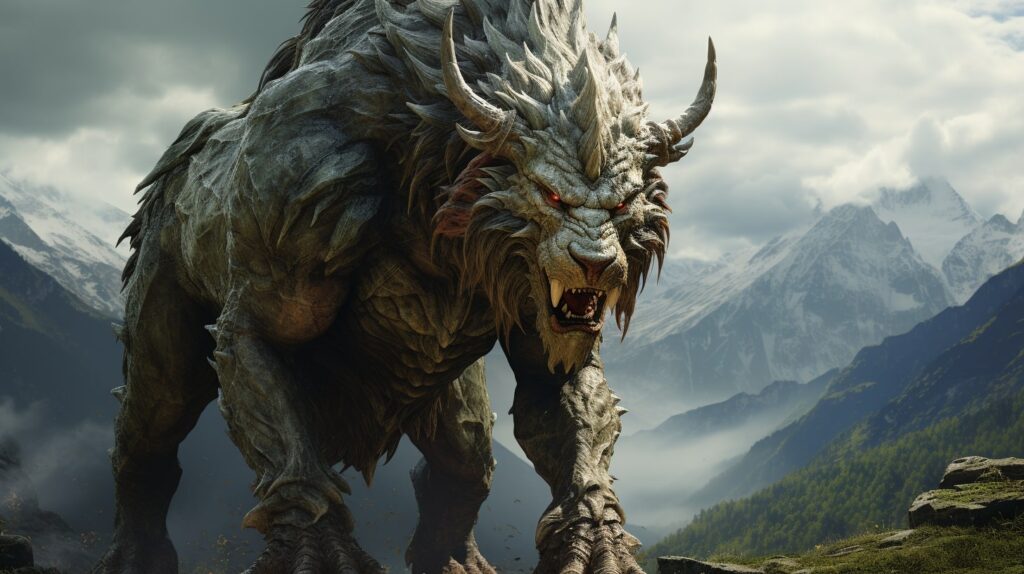
Constructing Food Chains
Food chains provide a simplified linear representation of energy flow within an ecosystem.
- Linking Trophic Levels: Understand how organisms are organized into linear sequences, showcasing who consumes whom.
- Energy Loss and Efficiency: Explore the concept of energy loss at each trophic level and its implications for ecosystem dynamics.
Building Complex Food Webs
Food webs offer a more realistic and intricate view of the complex interactions within an ecosystem.
- Interconnected Relationships: Delve into the intricate web of connections, showcasing how multiple species interact and rely on each other for energy.
- Stability and Resilience: Understand how the complexity of food webs contributes to the stability and resilience of ecosystems in the face of environmental challenges.
With a grasp of food chains and food webs, you hold the key to constructing ecosystems that pulsate with life and energy. From the foundational producers to the apex predators, every organism has its role in the grand tapestry of your imagined world.
In the next section, we'll venture into the geological and hydrological features that shape the physical landscape of your world, from mountains and rivers to caves and volcanoes.
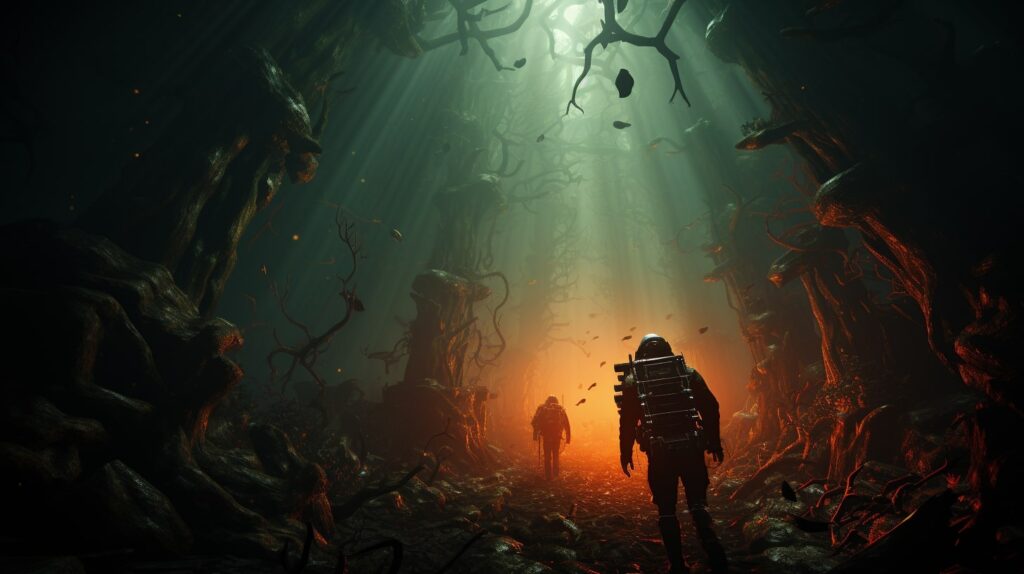
Shaping Worlds: Geological and Hydrological Features in Worldbuilding Ecology
The physical landscape of a world is a canvas shaped by geological and hydrological forces. From towering mountain ranges to meandering rivers, these features not only provide a backdrop for your narrative but also influence the very essence of your world's ecosystems.
In this section, we'll embark on a journey through the geological and hydrological wonders that breathe life into your imagined universe.
Mountains and Plateaus: Pillars of Majesty
Mountains and plateaus are monumental features that sculpt the topography and climate of your world.
Formation of Mountains
- Tectonic Forces: Understand the processes of plate tectonics and how they give rise to the grandeur of mountain ranges.
- Volcanic Origins: Explore the creation of volcanic mountains, where molten rock emerges from the Earth's interior.
Biodiversity in Mountainous Regions
- Vertical Zonation: Delve into the concept of altitudinal zonation, where distinct ecosystems flourish at different elevations.
- Island Biogeography: Understand how isolated peaks can give rise to unique flora and fauna.
Rivers, Lakes, and Oceans: Fluidity of Life
Water bodies are vital arteries that sustain life and shape the ecosystems of your world.
River Systems
- Erosion and Sedimentation: Explore how rivers sculpt landscapes through erosion and deposit sediments, influencing the surrounding ecology.
- Riparian Zones: Understand the importance of the transitional areas between land and water, where unique communities thrive.
Lakes and Ponds
- Habitat Diversity: Discover the rich biodiversity that lakes and ponds support, from aquatic plants to fish and waterfowl.
- Eutrophication: Learn about the ecological impacts of nutrient enrichment in still-water bodies.
Oceans and Seas
- Coral Reefs: Explore the vibrant ecosystems of coral reefs, which provide habitat for a diverse range of marine life.
- Deep Sea Environments: Delve into the mysterious depths, where unique adaptations allow organisms to survive in extreme conditions.
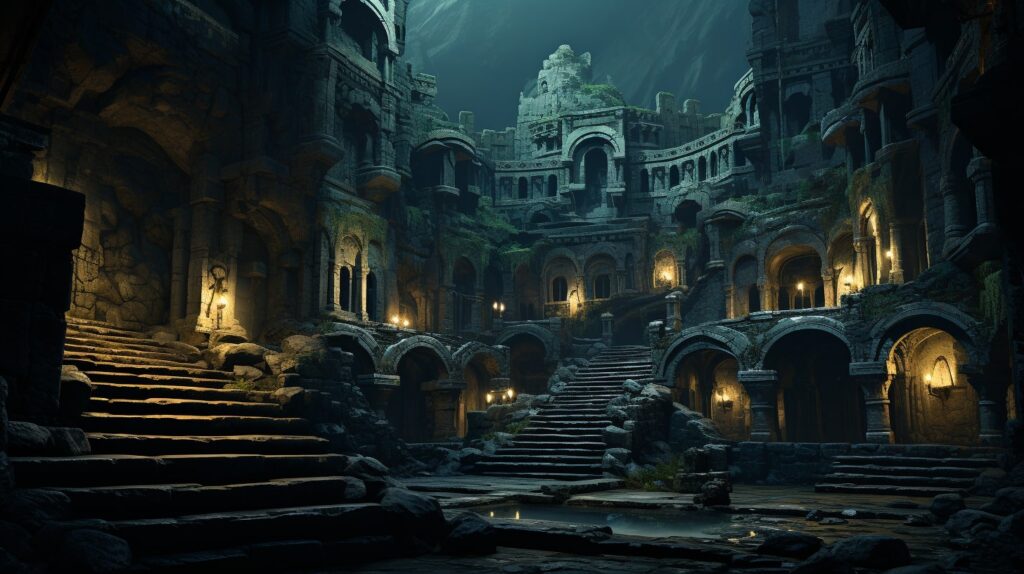
Caves and Underground Systems: Hidden Realms
Subterranean environments offer a world of mystery and unique ecological niches.
Cave Formation
- Karst Landscapes: Understand how limestone dissolution creates intricate cave systems.
- Lava Tubes: Explore caves formed by volcanic activity, offering a different set of geological features.
Cave Ecology
- Specialized Adaptations: Discover the fascinating adaptations of creatures that have evolved to thrive in the darkness of caves.
- Unique Biodiversity: Explore the diverse ecosystems that exist in these hidden realms, often with species found nowhere else.
Volcanoes and Geothermal Activity: Forces of Creation and Destruction
Volcanoes and geothermal features add a dynamic element to your world's landscape.
Volcanic Activity
- Types of Volcanoes: Understand the characteristics and behavior of different types, from shield volcanoes to stratovolcanoes.
- Lava Flows: Explore the impact of volcanic eruptions on surrounding ecosystems and landscapes.
Geothermal Features
- Hot Springs and Geysers: Discover how geothermal features create unique habitats for specialized flora and fauna.
- Energy Sources: Explore the potential for geothermal energy as a resource in your world.
Conclusion
With a grasp of geological and hydrological features, you have the tools to sculpt a world that is both grand and intimate. From the majesty of mountains to the mysteries of caves, these elements shape the environments, ecosystems, and narratives of your imagined universe.
In the next section, we'll delve into the cultural and magical influences that add depth and nuance to your world's ecology.
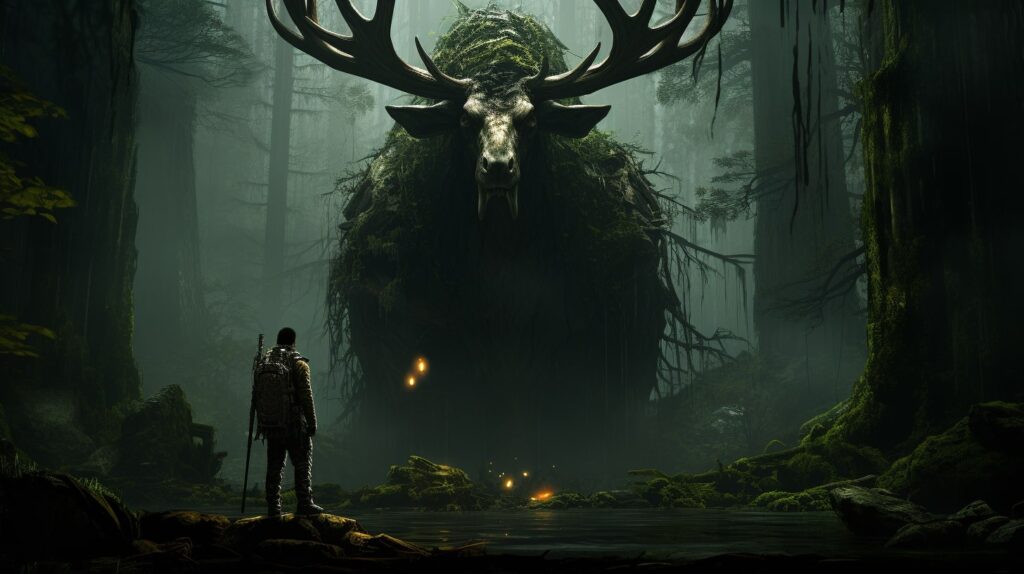
Weaving the Threads of Culture and Magic: Influences on Ecology in Worldbuilding
Beyond the realm of physical forces, the cultures and magic systems of your world hold profound sway over its ecology. Beliefs, traditions, and supernatural phenomena shape the behaviors and interactions of both the natural world and its inhabitants.
In this section, we'll explore the intricate dance between cultural practices, magical influences, and the ecosystems they coexist with.
Cultural Practices: Shaping the Land
The beliefs, traditions, and practices of societies have a tangible impact on the environment.
Agriculture and Cultivation
- Crops and Cultivated Land: Understand how agricultural practices can lead to the domestication of plants, shaping the landscape and biodiversity.
- Crop Rotation and Soil Health: Explore sustainable farming techniques that influence soil fertility and long-term ecological health.
Sacred Groves and Natural Sanctuaries
- Spiritual Significance: Delve into the concept of sacred spaces and the unique flora and fauna that often inhabit them.
- Conservation and Preservation: Explore how the protection of these sanctuaries contributes to broader ecosystem health.
Elemental Magic: Forces Beyond the Mundane
In worlds where magic exists, elemental forces can directly influence the environment.
Elemental Affinities
- Fire, Water, Earth, and Air: Understand how each element can be harnessed or manipulated to shape landscapes and ecosystems.
- Balance and Harmony: Delve into the concept of elemental equilibrium, where the overuse or imbalance of one element can lead to ecological disruptions.
Magical Flora and Fauna
- Enchanted Beings: Explore the existence of magical creatures and plants, each with unique properties that influence the environment.
- Interactions with Mortals: Understand how these magical entities interact with human societies and ecosystems.

Ancestral Practices: Honoring the Past
Traditions passed down through generations can have lasting impacts on the environment.
Indigenous Knowledge
- Traditional Ecological Knowledge (TEK): Explore how indigenous cultures possess a deep understanding of local ecosystems and their sustainable management.
- Herbalism and Plant Lore: Understand the use of plants for medicine, rituals, and cultural practices, influencing both human society and the surrounding ecology.
Rituals and Ceremonies
- Seasonal Observances: Delve into the ways in which rituals and ceremonies align with natural cycles, reinforcing the cultural connection to the land.
- Offerings and Exchange: Explore the concept of reciprocity with the natural world, where offerings are made in exchange for sustenance and blessings.
Technomagic and Artifice: Shaping Environments
In worlds where advanced technology and magic coexist, the fusion of both can lead to remarkable alterations of the environment.
Arcane Engineering
- Magical Infrastructure: Understand how magical constructs and systems can influence the distribution of resources and the functioning of ecosystems.
- Ethical Considerations: Delve into the ethical dilemmas surrounding the use of technomagic in altering the natural world.
Conclusion
By weaving together cultural practices and magical influences, you breathe depth and nuance into your world's ecology. From ancestral traditions to elemental forces, these influences shape the environment, behavior, and narratives of your imagined universe.
In the next section, we'll explore the delicate balance of coexistence and conflict between sentient races and the ecosystems they inhabit.
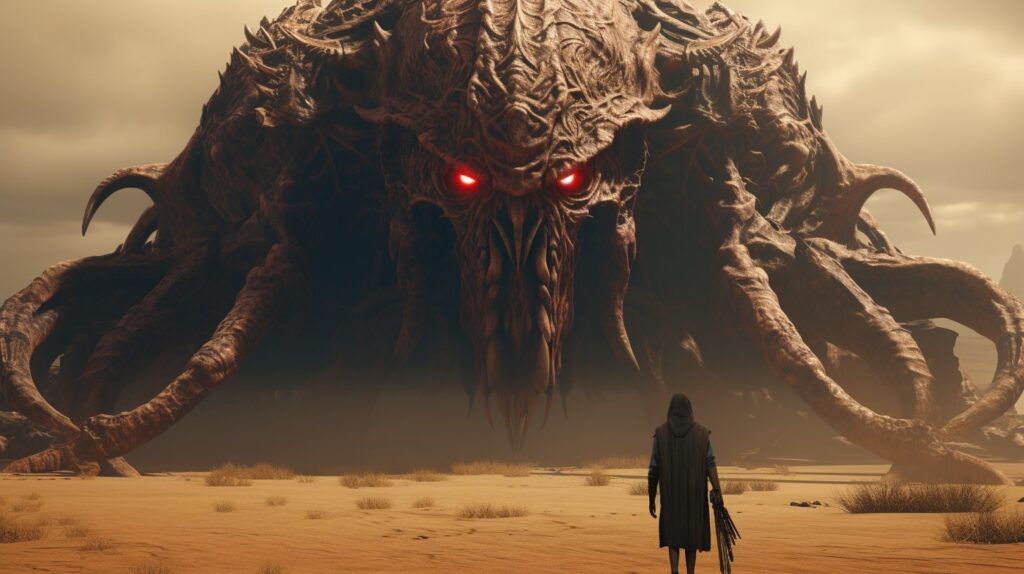
The Delicate Dance of Balance and Harmony: Worldbuilding Ecology Unveiled
In the intricate tapestry of ecosystems, balance and harmony are the linchpins that sustain life.
Whether in the natural world or the realms of imagination, understanding the delicate interplay between species, resources, and environmental forces is paramount. In this section, we'll unravel the threads of coexistence and conflict that shape the ecology of your imagined universe.
Equilibrium in Ecosystems: Nature's Symphony
Achieving and maintaining balance within an ecosystem is a testament to its resilience and stability.
Biodiversity and Stability
- The Role of Diversity: Understand how a diverse array of species contributes to the overall health and stability of an ecosystem.
- Keystone Species: Explore the concept of keystone species, whose presence profoundly impacts the balance of an ecosystem.
Succession and Regeneration
- Natural Cycles of Change: Delve into the processes of ecological succession, where communities transition and regenerate over time.
- Disturbance and Recovery: Understand how natural disturbances play a crucial role in maintaining ecological balance.
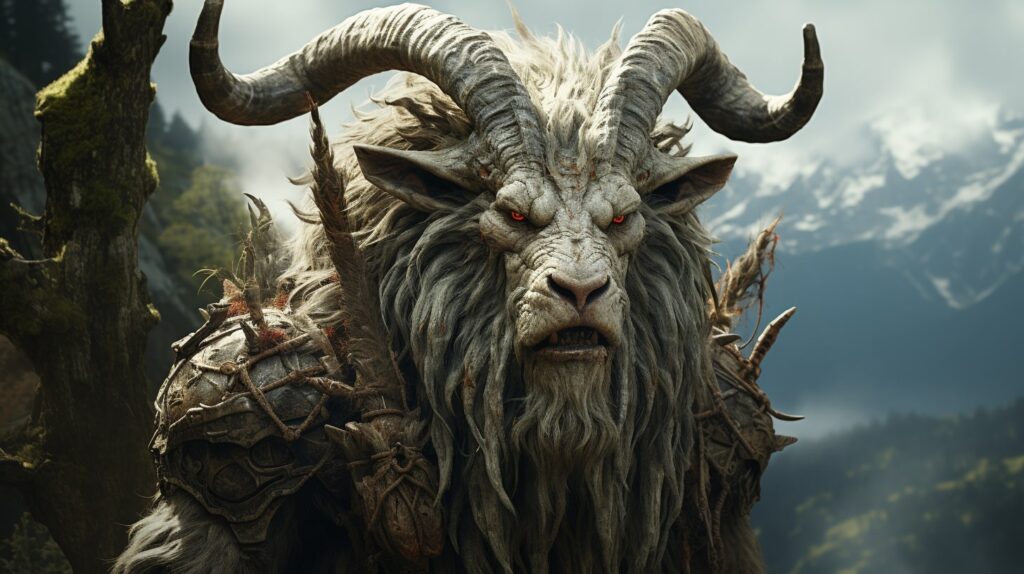
Sentient Races and Ecosystems: Coexistence and Conflict
When sentient beings inhabit a world, their interactions with the environment can lead to both harmony and disruption.
Cultural Stewardship
- Cultural Values and Practices: Explore how the beliefs and practices of sentient races influence their relationship with the environment.
- Sustainable Resource Management: Understand the importance of responsible resource use and its impact on long-term ecological health.
Conflict and Resolution
- Resource Competition: Delve into the potential conflicts that arise when sentient races vie for limited resources.
- Diplomacy and Cooperation: Explore the ways in which cooperation and mutual understanding can lead to harmonious coexistence.
Magical Forces and Environmental Balance
In worlds where magic exists, supernatural phenomena can either bolster or disrupt ecological equilibrium.
Elemental Forces
- Harmony of Elements: Understand how the manipulation of elemental magic can be harnessed to restore or disrupt natural balance.
- Elemental Restoration: Explore the concept of using magic to heal and rejuvenate ecosystems affected by imbalance.
Magical Creatures and Flora
- Magical Ecosystems: Delve into the unique ecosystems that arise when magic-infused creatures and plants coexist with the natural world.
- Balance in the Magical Realm: Understand the checks and balances that prevent magic from overwhelming the natural order.
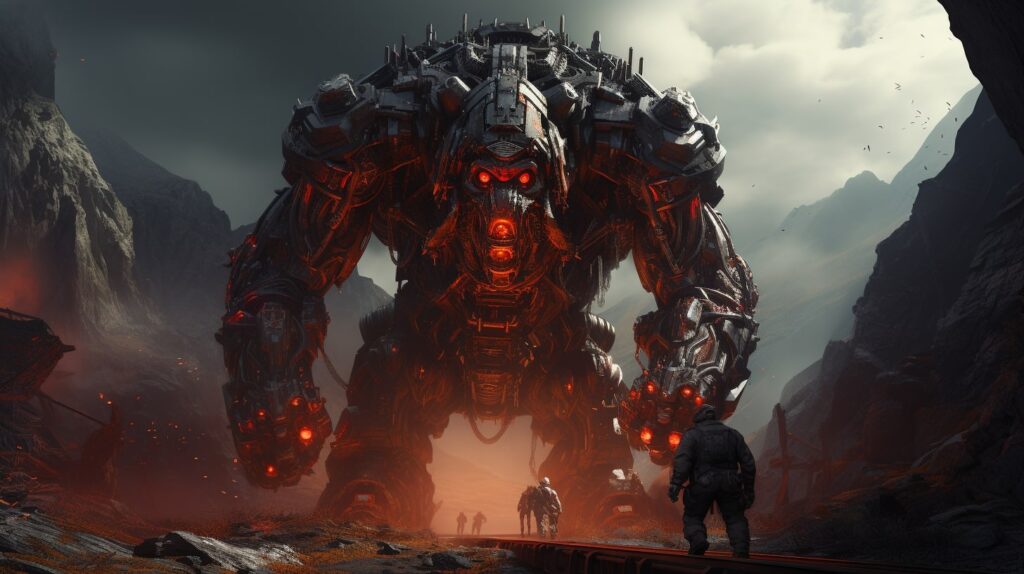
Technological Advancements and Ecological Integrity
In worlds where advanced technology is prevalent, the impact on the environment can be profound.
Sustainable Innovation
- Green Technologies: Explore the potential for advanced technology to contribute to ecological sustainability.
- Ethical Considerations: Delve into the ethical dilemmas surrounding the use of advanced technology in shaping the environment.
Environmental Ethics and Regulation
- Laws and Governance: Understand how societies in your world may establish regulations to protect the environment.
- Technological Limits: Explore the boundaries that sentient races may impose on their own technological advancements to maintain ecological integrity.
Conclusion
In the delicate dance of balance and harmony, you hold the power to sculpt a world where life thrives in equilibrium. From the intricate interactions of species to the profound influence of magic and technology, every facet of your imagined universe contributes to the grand symphony of ecology.
In the next section, we'll venture into the dynamic evolution of ecosystems over time, exploring the processes of adaptation and change.
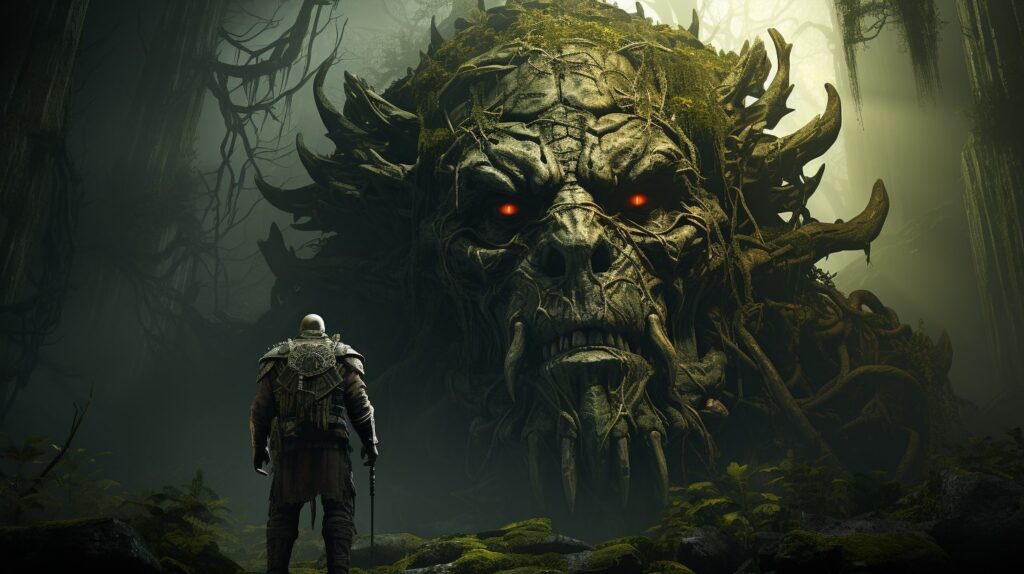
Ecological Marvels: Learning from Published Worlds
Diving into the realms of published novels offers a wealth of insights into worldbuilding ecology.
The intricate ecosystems crafted by accomplished authors provide invaluable lessons for aspiring worldbuilders. In this section, we'll dissect the ecological wonders of celebrated novels, uncovering the secrets behind their immersive and believable worlds.
Pandora: Cameron's Avatar Universe
James Cameron's "Avatar" presents a lush, bioluminescent world teeming with biodiversity.
Flora and Fauna Integration
- Bioluminescent Wonders: Explore the vibrant, luminescent flora that illuminates Pandora's nights, creating a mesmerizing and otherworldly environment.
- Ecosystem Interdependence: Delve into the complex web of interactions between the native species, from the majestic Banshees to the bio-luminescent plants, showcasing the delicate balance of life.
The Broken Earth Trilogy: Jemisin's Earthsea
N.K. Jemisin's Broken Earth Trilogy introduces a world wracked by cataclysmic events and inhabited by a resilient society.
Environmental Adaptations
- Fifth Seasons: Explore the unique ecological challenges presented by the periodic cataclysmic events known as "Fifth Seasons," and witness how both flora and fauna have evolved to cope with these extreme conditions.
- Living Stone: Delve into the enigmatic beings known as stone-eaters, whose biological makeup and symbiotic relationship with the Earth play a pivotal role in the world's ecology.
The Overstory: Powers' Arboreal Odyssey
Richard Powers' "The Overstory" weaves a tale around the lives of interconnected trees and the people who revere them.
Arboreal Consciousness
- The Forest as Character: Explore how Powers anthropomorphizes trees, endowing them with consciousness and agency, blurring the lines between the sentient and the natural.
- Interconnectedness of Life: Delve into the intricate relationships between different tree species and their surrounding ecosystems, illustrating the profound impact of these towering giants.
Nature's Masterpieces
The worlds of Pandora, the Broken Earth, and The Overstory serve as prime examples of how authors can imbue their settings with vibrant, believable ecologies. Through meticulous attention to detail, an understanding of ecological principles, and a touch of the fantastical, Cameron, Jemisin, and Powers have gifted us with worlds that continue to inspire and resonate with readers worldwide.
In the final section, we'll distill these lessons into practical tips for crafting your own immersive and ecologically rich worlds.
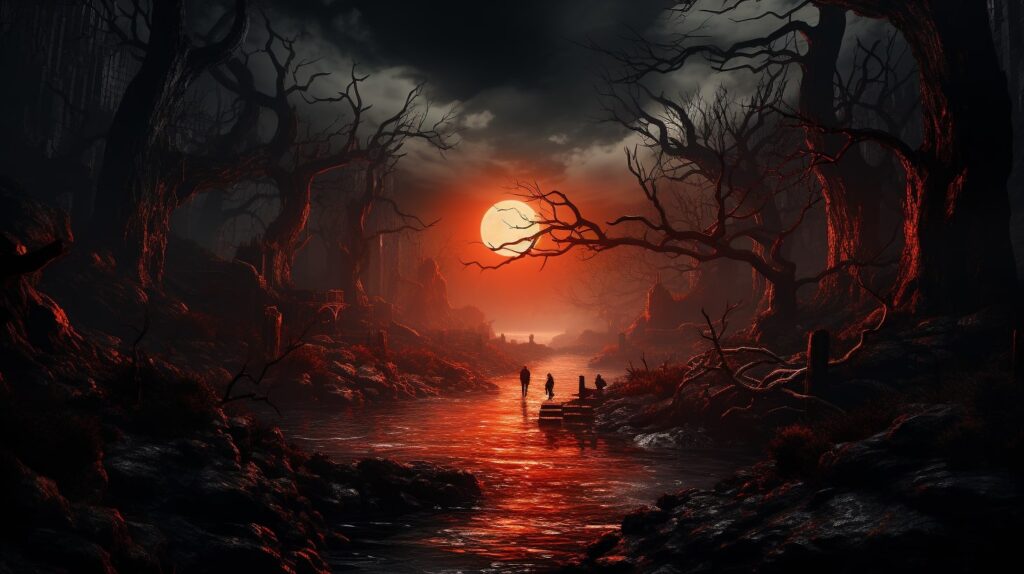
Nurturing Your World: Practical Tips for Implementing Ecology in Worldbuilding
Breathing life into a world requires more than imagination; it demands a deep understanding of ecological principles. In this section, we'll provide practical guidance for infusing your worldbuilding project with vibrant, believable ecosystems that captivate your audience.
1. Research and Inspiration
Explore Real-World Ecologies
- Diverse Biomes: Study various real-world ecosystems, from rainforests to deserts, to gain insights into the intricate web of life.
- Biodiversity Hotspots: Discover regions teeming with unique flora and fauna, offering inspiration for creating rich and diverse environments.
Anthropogenic Impact
- Environmental Issues: Delve into the impact of human activities on natural systems to craft believable narratives of ecological struggle and adaptation.
2. Establish Ecological Rules
Define Trophic Relationships
- Producer-Consumer Dynamics: Outline the flow of energy from primary producers to apex predators, establishing the foundation of your ecosystem.
- Symbiotic Relationships: Detail mutualistic, commensalistic, and parasitic interactions to add depth and complexity to your world.
Consider Carrying Capacity
- Population Dynamics: Determine the maximum sustainable population sizes for different species, preventing ecological imbalances.
3. Cultural and Magical Influences
Integrate Beliefs and Practices
- Cultural Taboos: Explore how societal values shape interactions with the environment, influencing resource utilization and conservation efforts.
- Magic's Impact: Define how magical forces interact with the natural world, from elemental control to mystical creatures.
4. Create Distinct Biomes
Topography and Climate
- Geographic Features: Design mountains, rivers, and valleys that influence rainfall patterns, temperature gradients, and the distribution of life.
- Microclimates: Consider localized climate variations, such as rain shadows and thermal inversions, to add realism and complexity.
5. Adaptation and Evolution
Species Traits and Characteristics
- Specialized Adaptations: Define unique traits that enable organisms to thrive in their respective habitats, showcasing nature's ingenuity.
- Long-Term Evolution: Consider the evolutionary trajectories of species over geological time scales, allowing for dynamic changes in your world's ecosystems.
6. Ecological Events and Phenomena
Natural Disasters
- Volcanic Eruptions, Earthquakes, and Storms: Integrate catastrophic events that reshape landscapes and challenge the resilience of your world's inhabitants.
- Cyclical Phenomena: Explore seasonal changes, migrations, and reproductive cycles, grounding your world in natural rhythms.
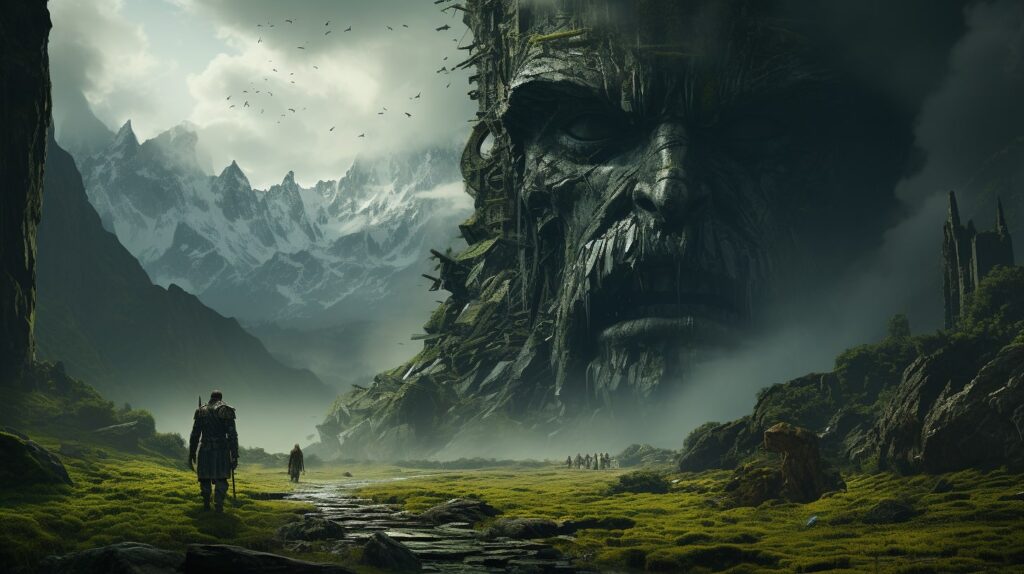
Breathing Life into Your World
By implementing these practical tips, you'll cultivate a world that teems with vibrant, believable ecosystems. From trophic relationships to cultural influences, every facet of your imagined universe contributes to the grand tapestry of ecology.
In the final section, we'll provide additional resources and references to aid you on your worldbuilding journey.
Where Worlds and Ecology Converge
In the grand tapestry of worldbuilding, ecology stands as the brushstroke that brings landscapes to life shapes civilizations, and weaves narratives that resonate with readers. As we traverse the realms of research, establish ecological rules, and infuse cultural and magical influences, we uncover the secrets to crafting immersive and believable worlds.
By delving into the intricacies of trophic relationships, considering carrying capacity, and sculpting distinct biomes, we paint landscapes that breathe, evolve, and endure. Through the interplay of adaptation and evolution, we witness the tenacity of life and the majesty of natural selection.
The echoes of ecological events, from catastrophic disasters to cyclical phenomena, resonate through the ages, reminding us of the impermanence and resilience of the worlds we create.
As we conclude this journey, remember that worldbuilding is not only an art but also a testament to the wonder and complexity of the natural world. By embracing ecological principles, we pay homage to the boundless creativity of nature itself.
So, fellow worldbuilder, go forth and sculpt worlds that inspire, captivate, and transport. With every stroke of your imagination, remember that you hold the power to shape universes that stand the test of time.
Happy Worldbuilding!

